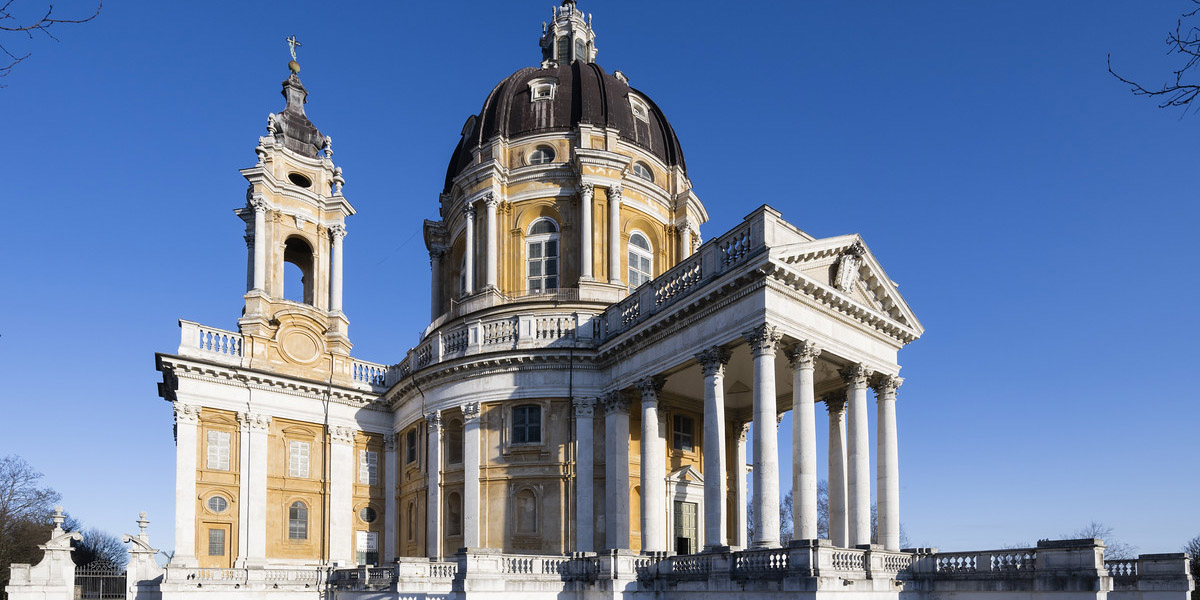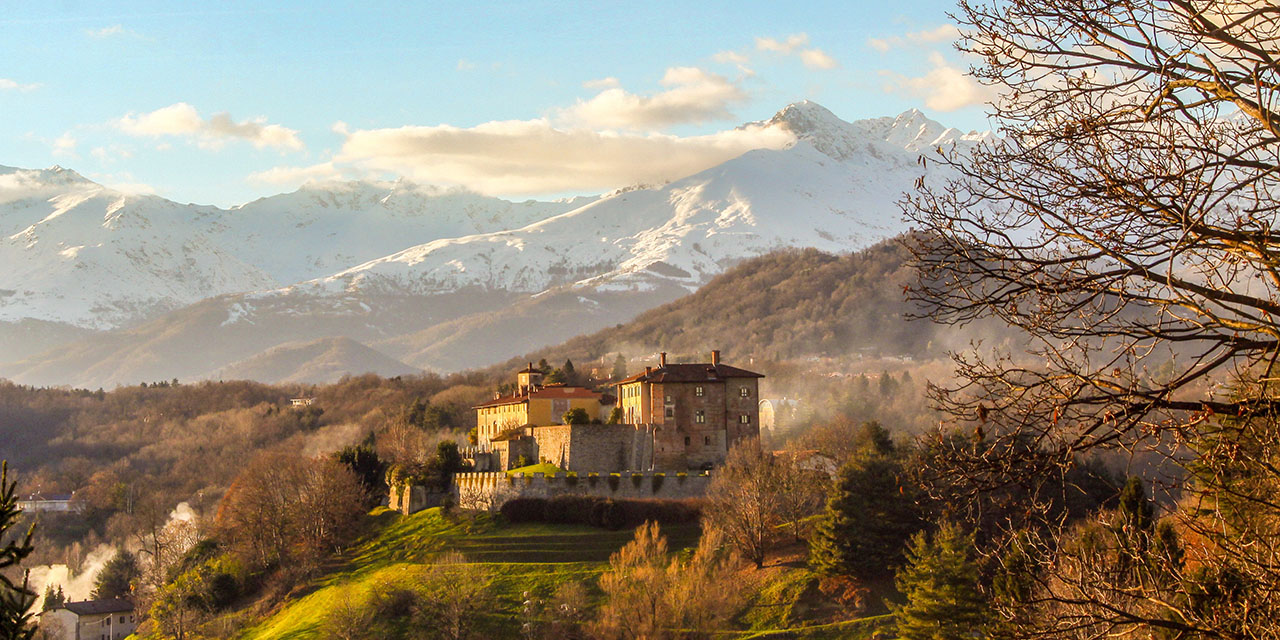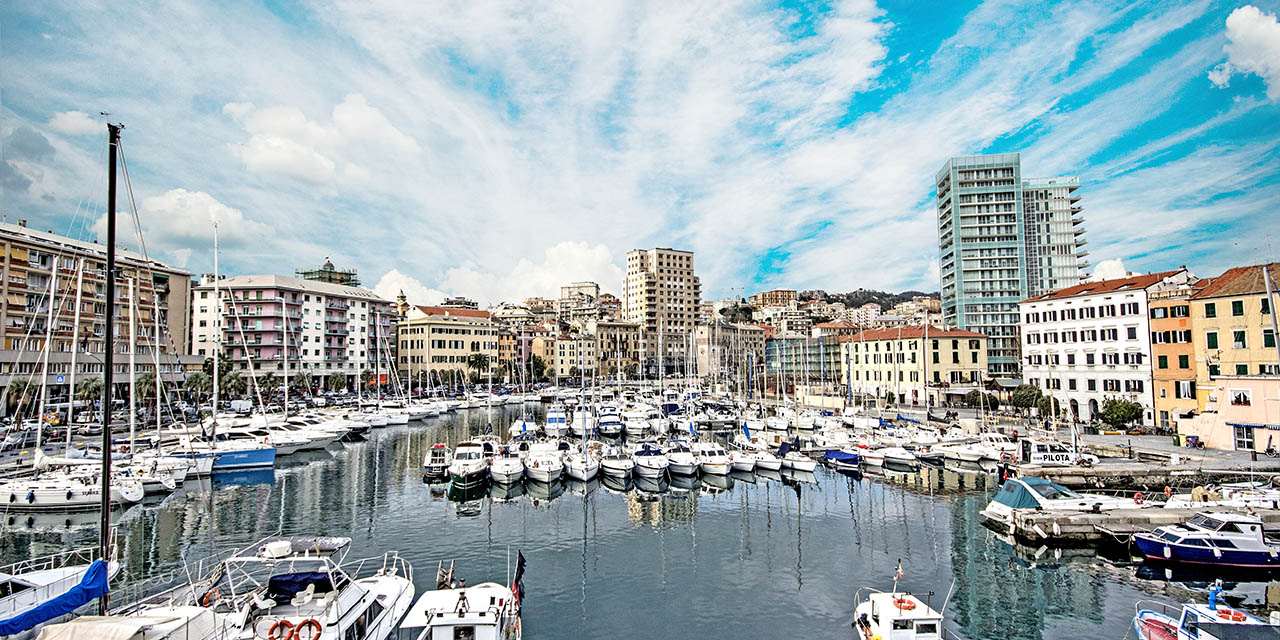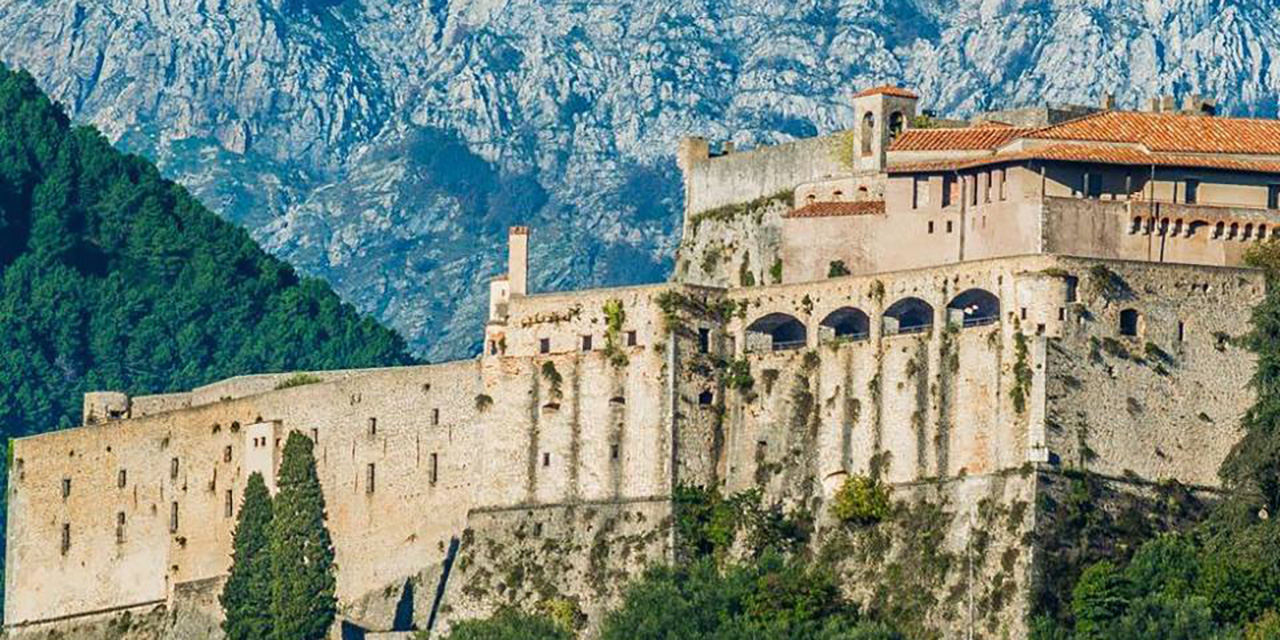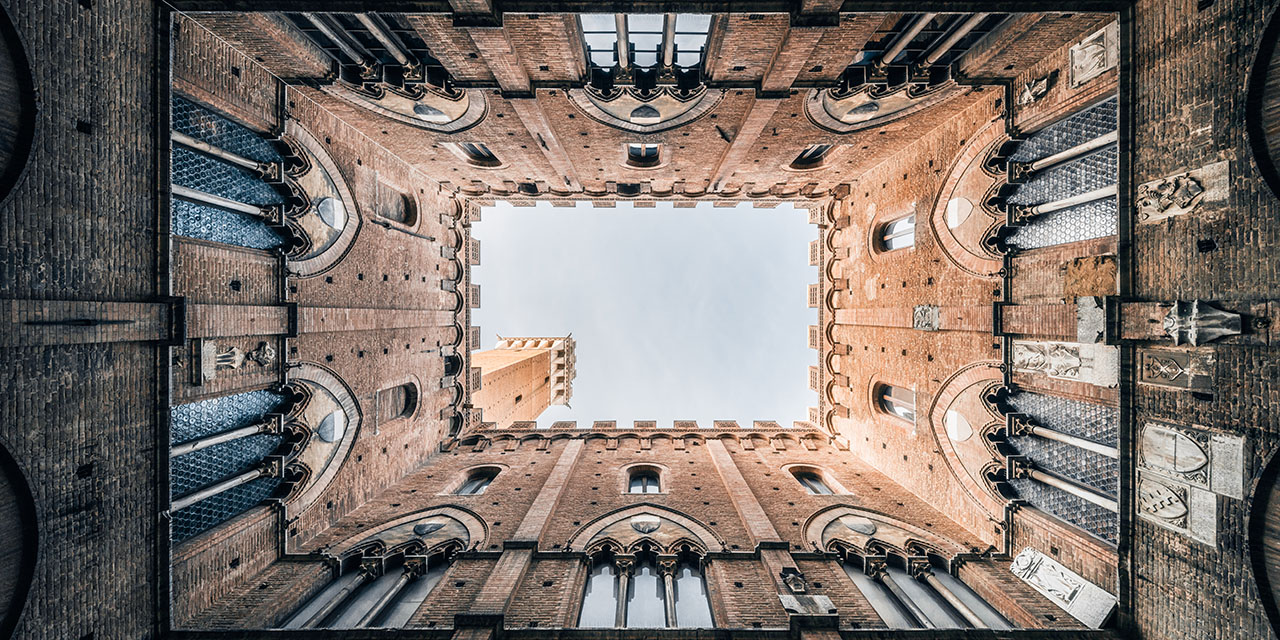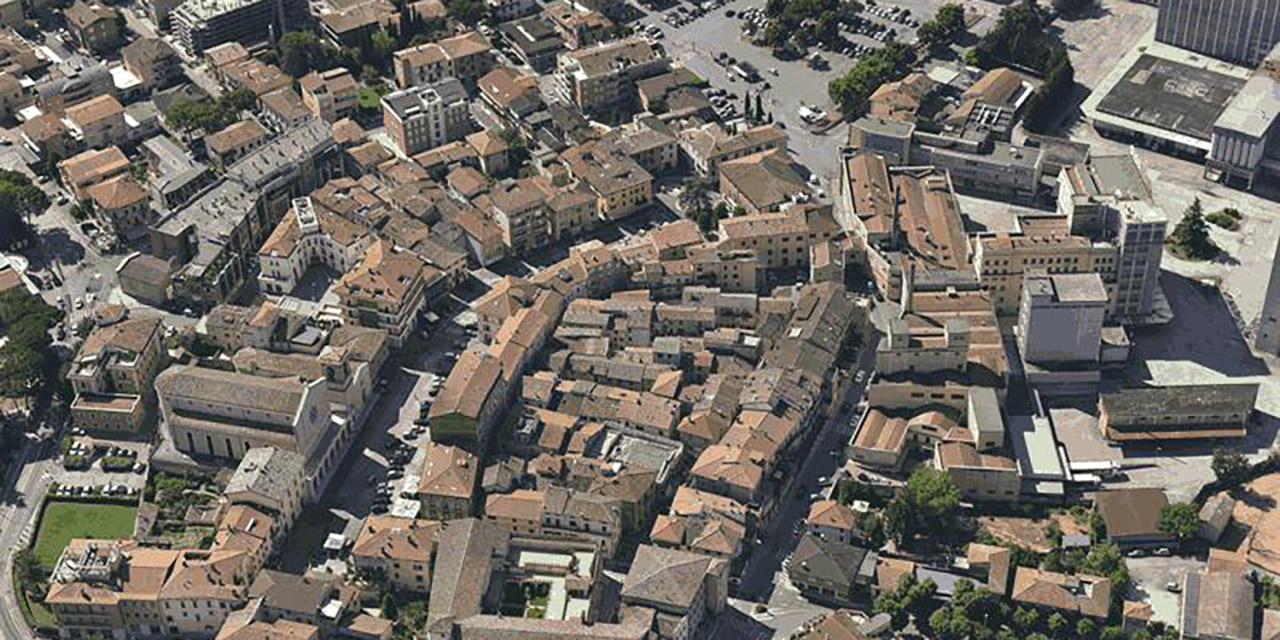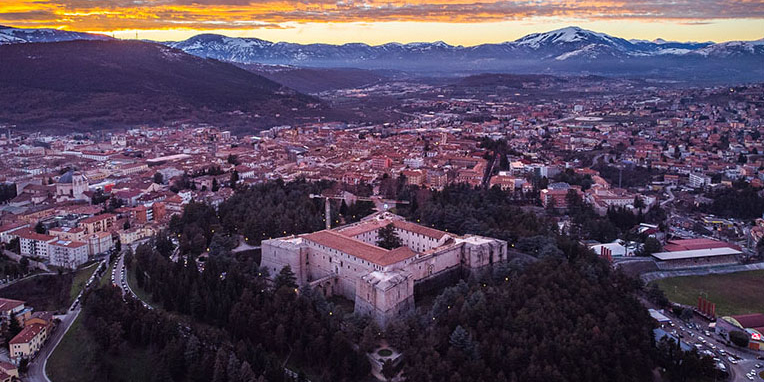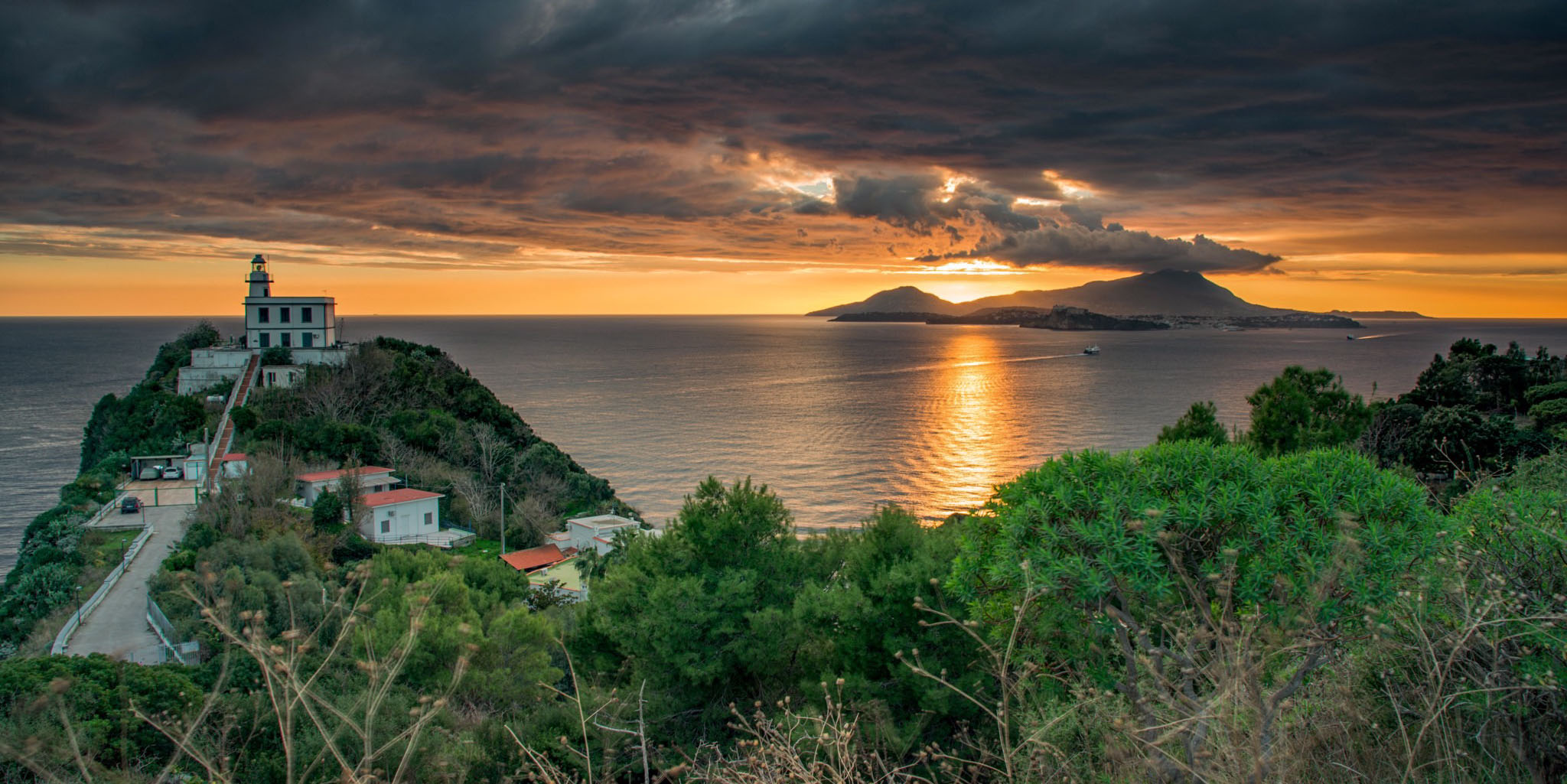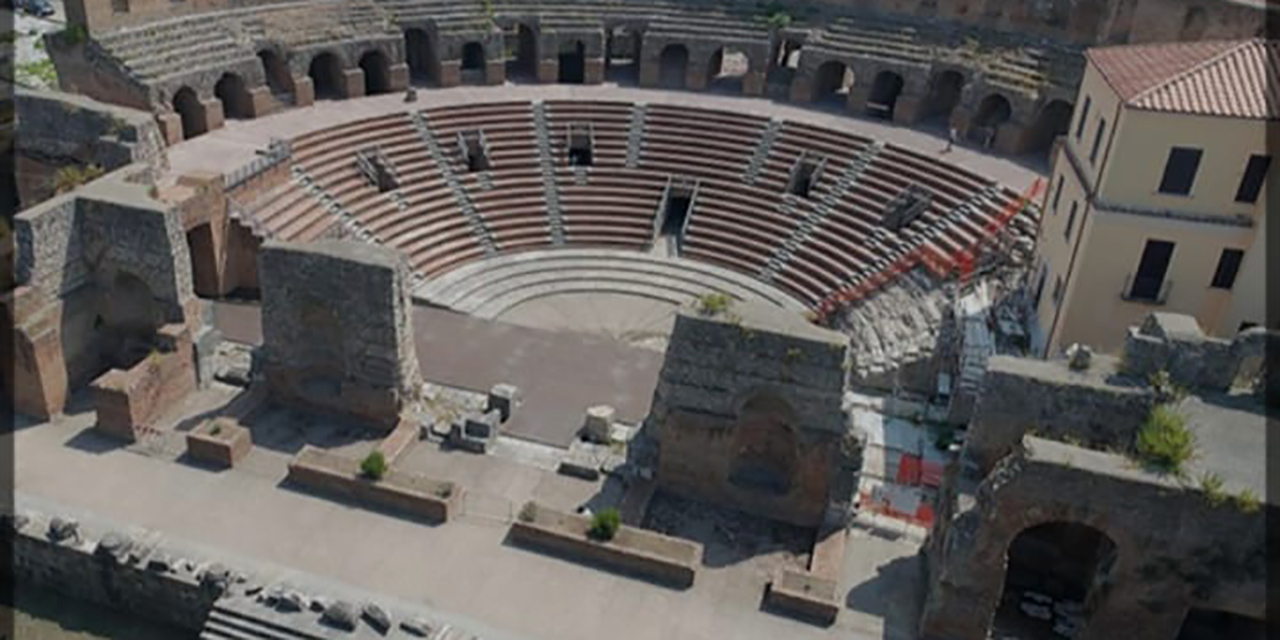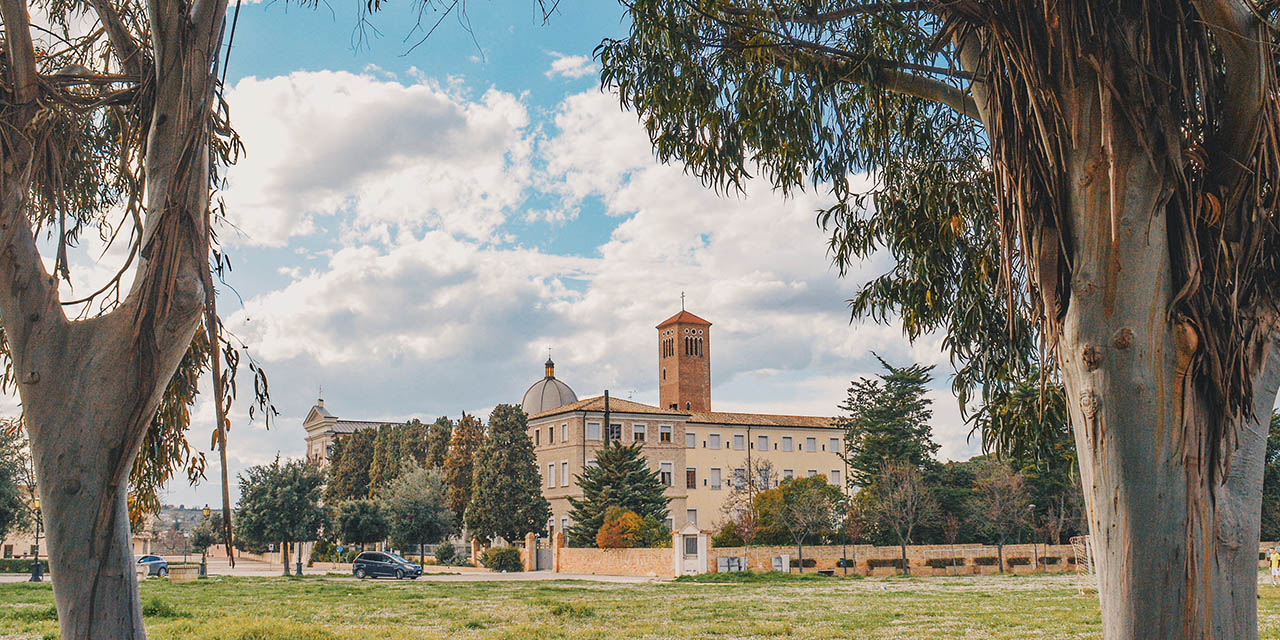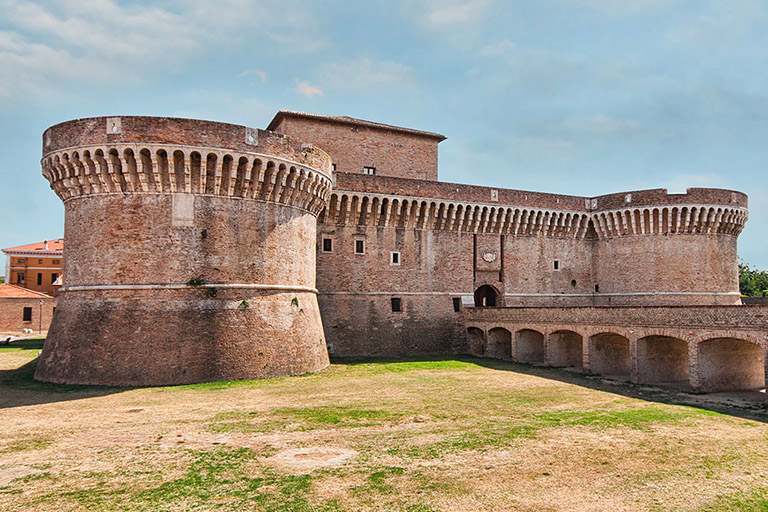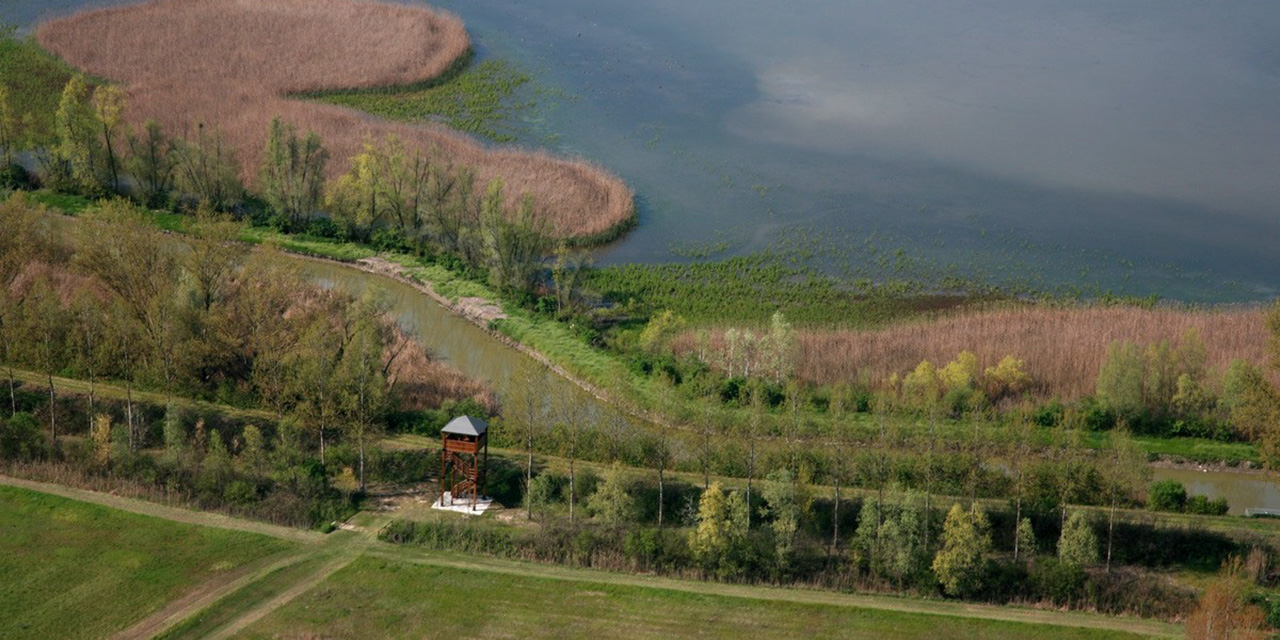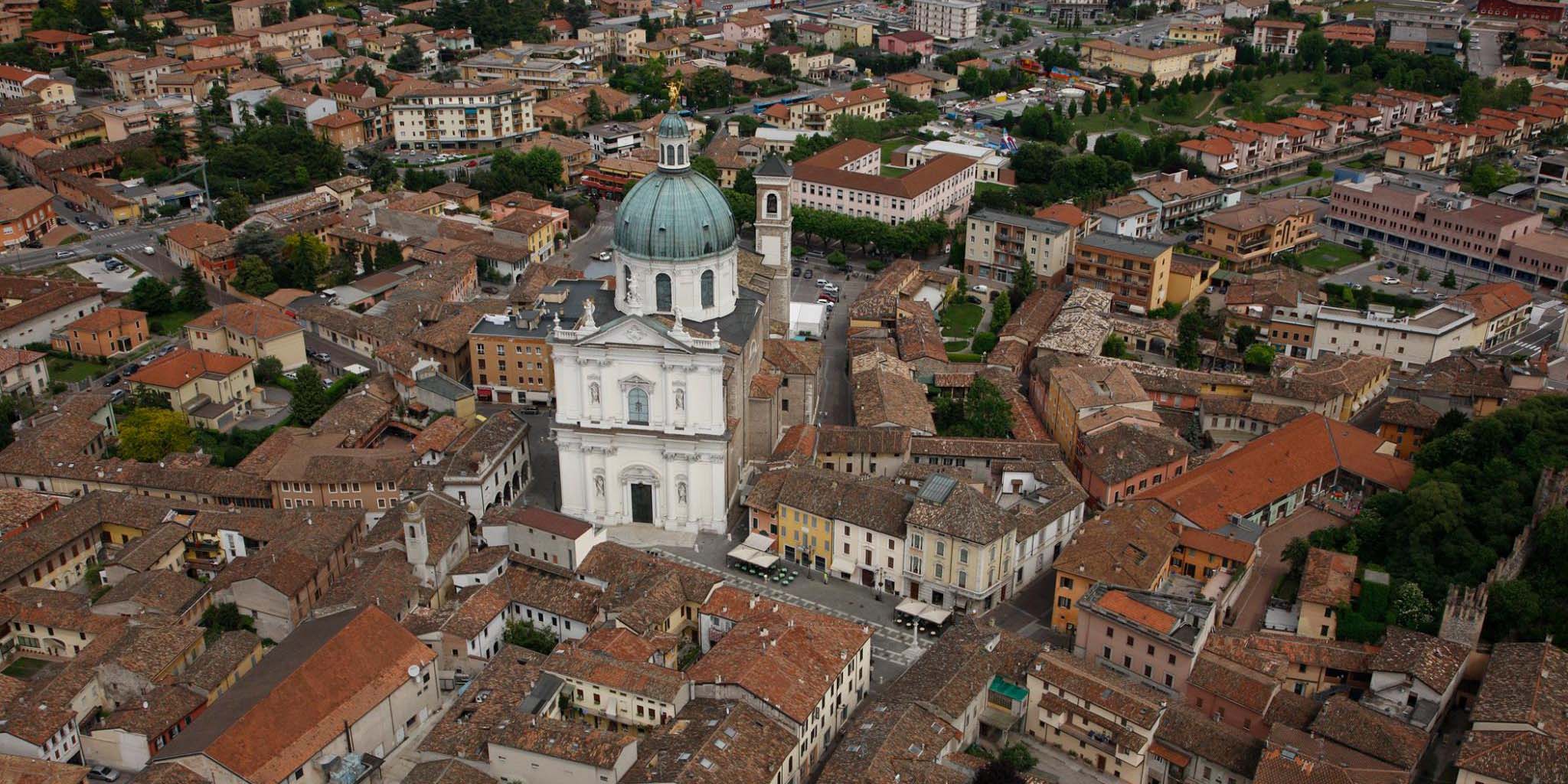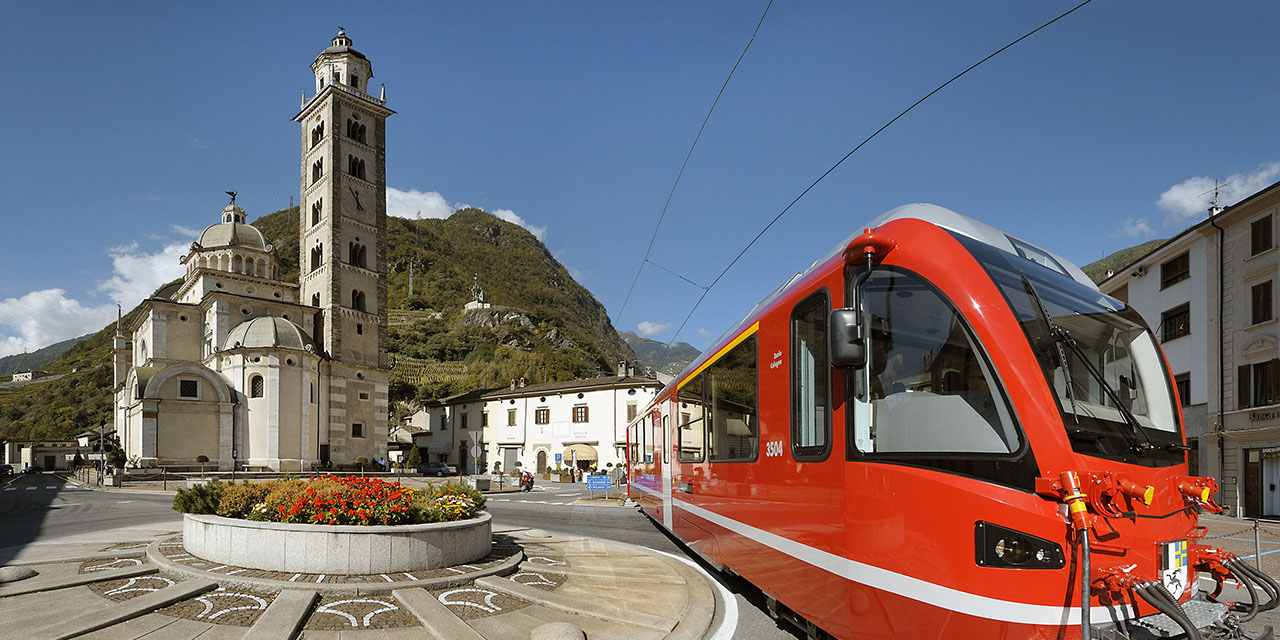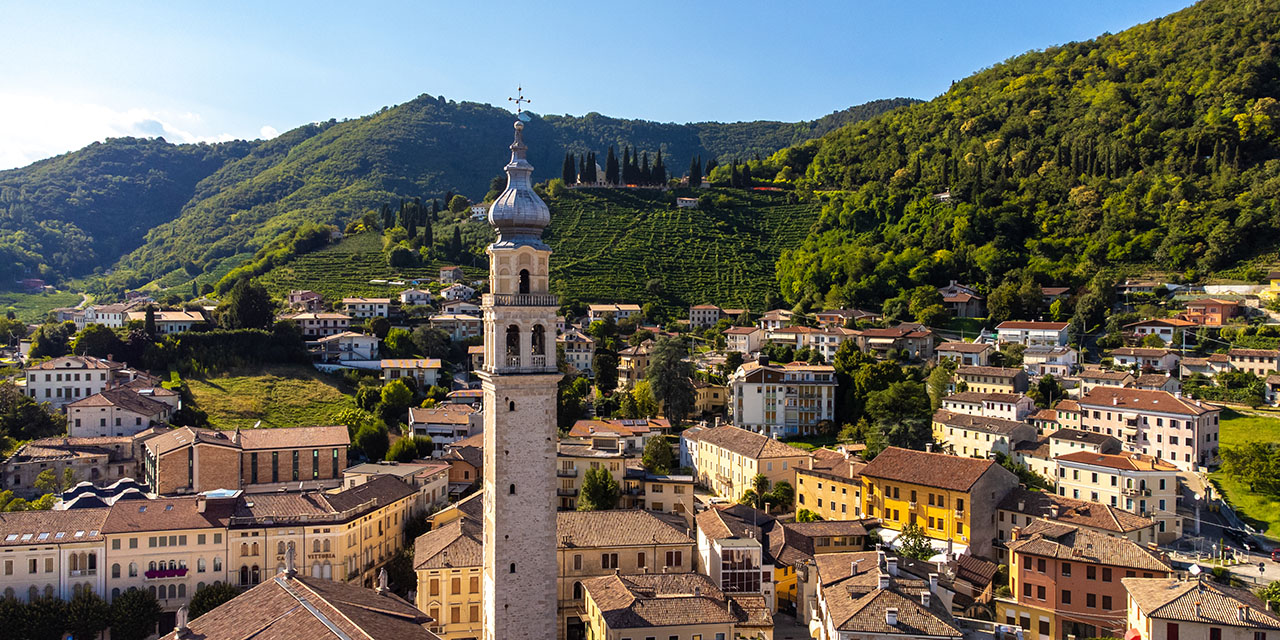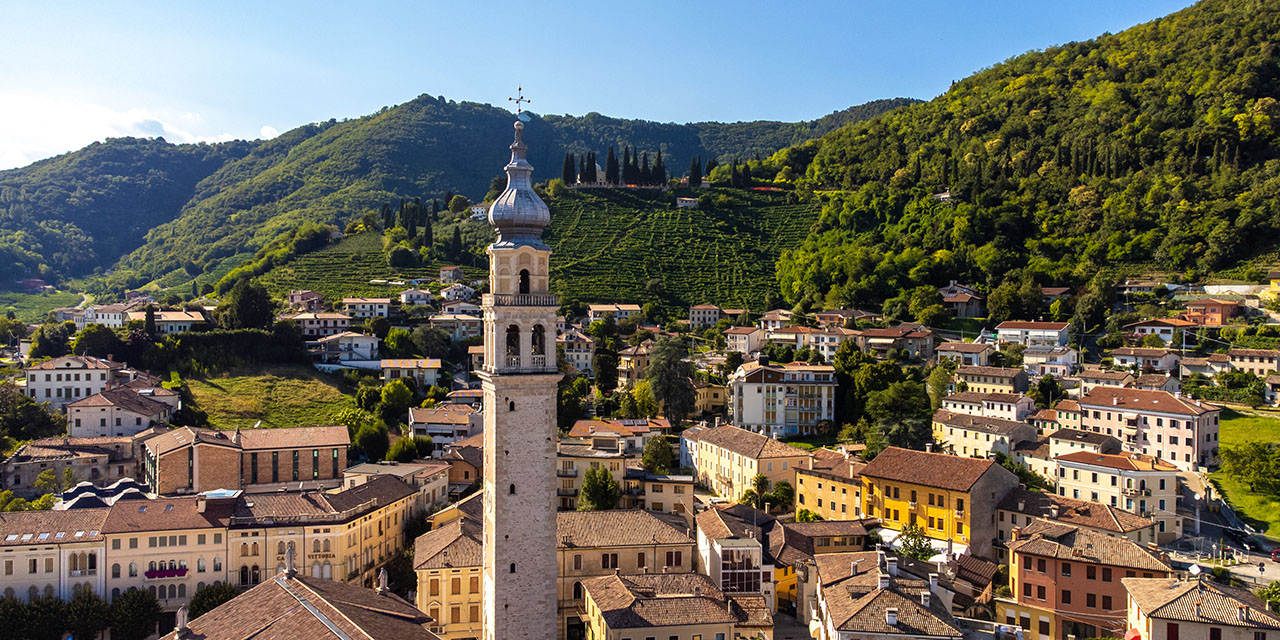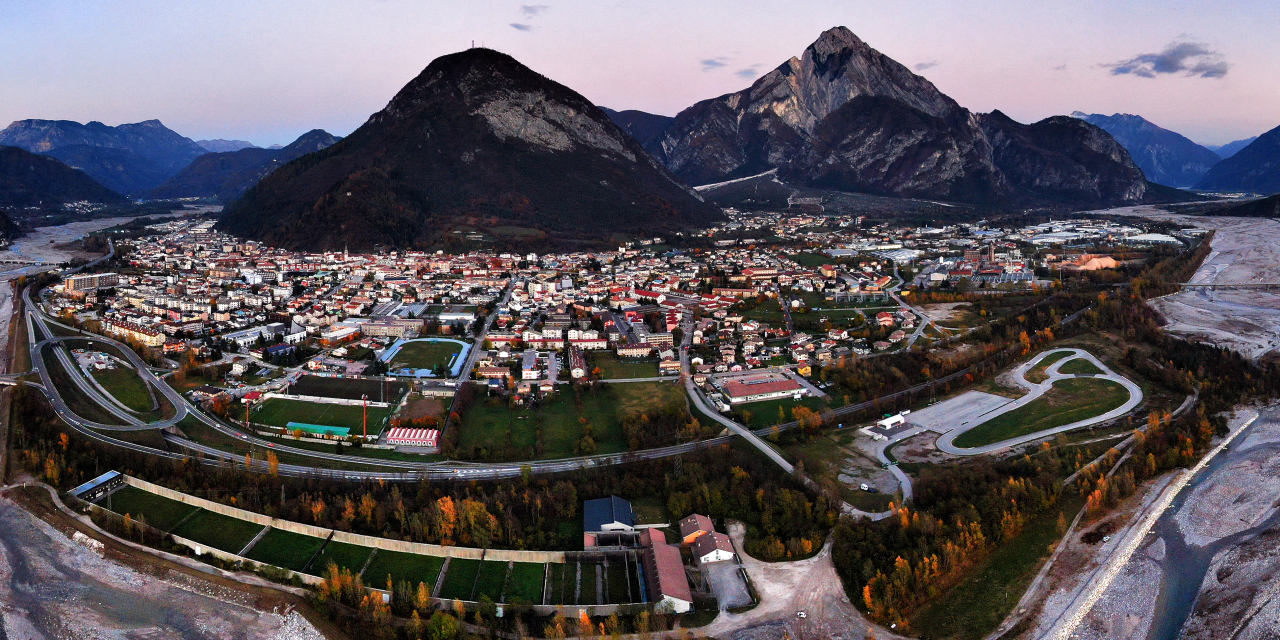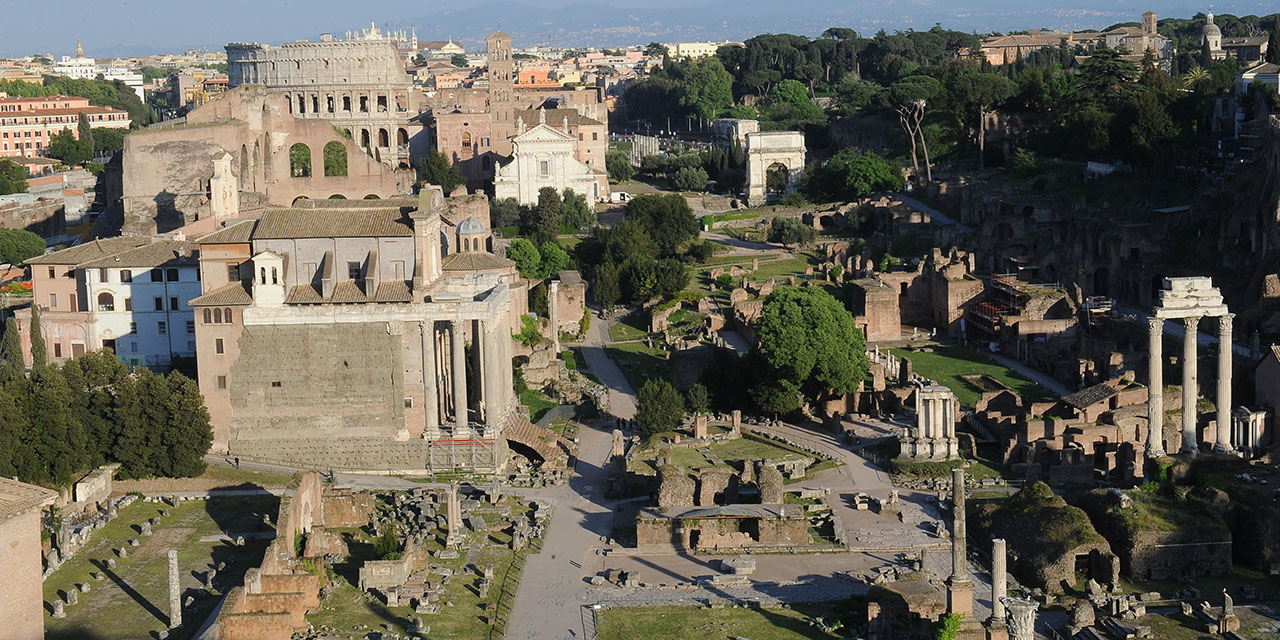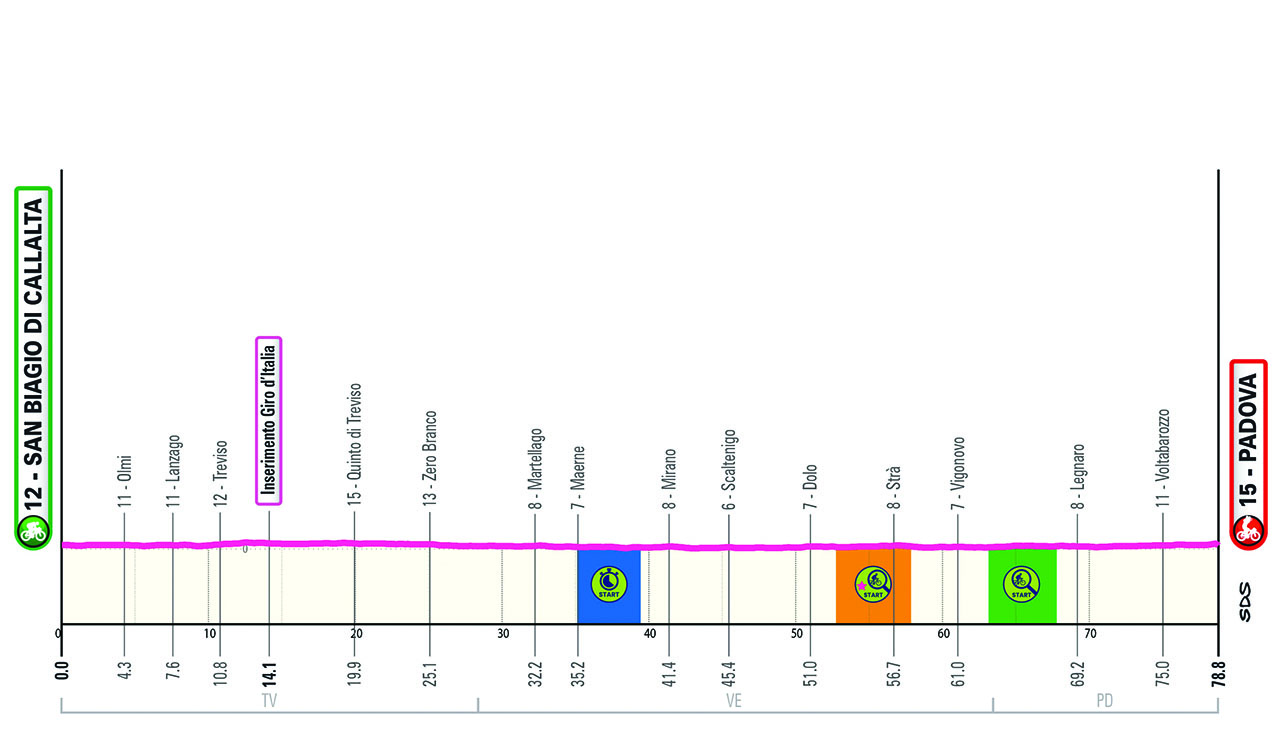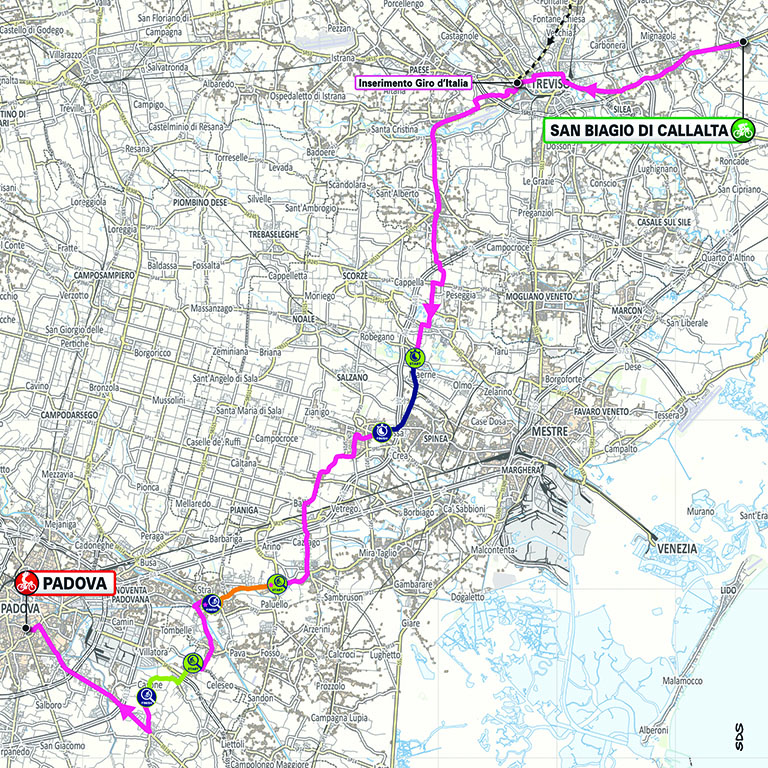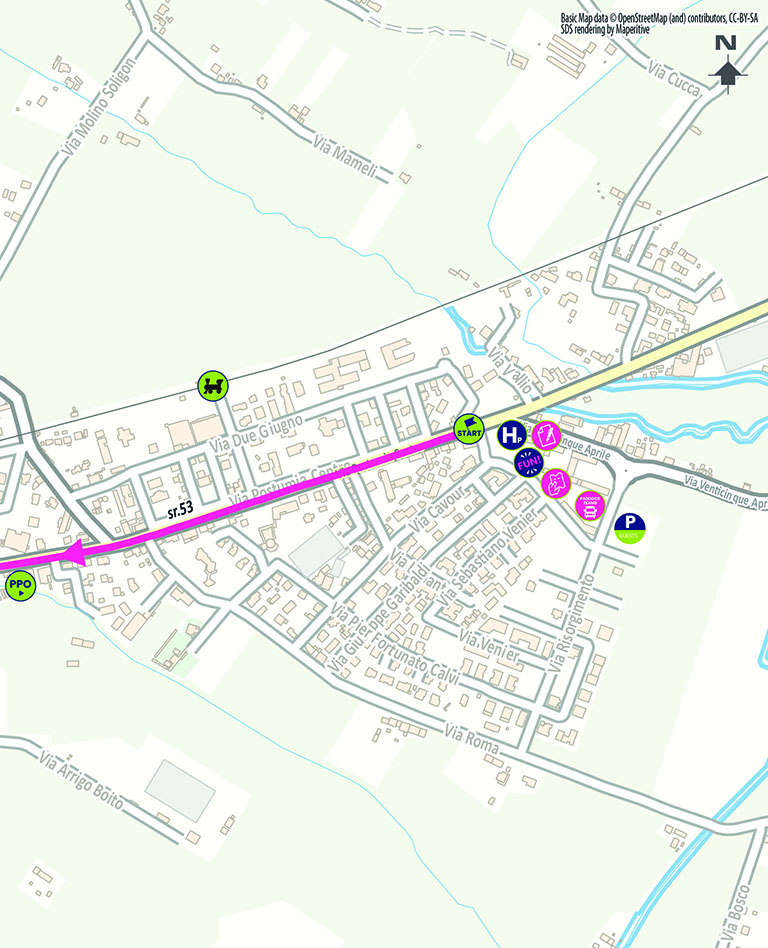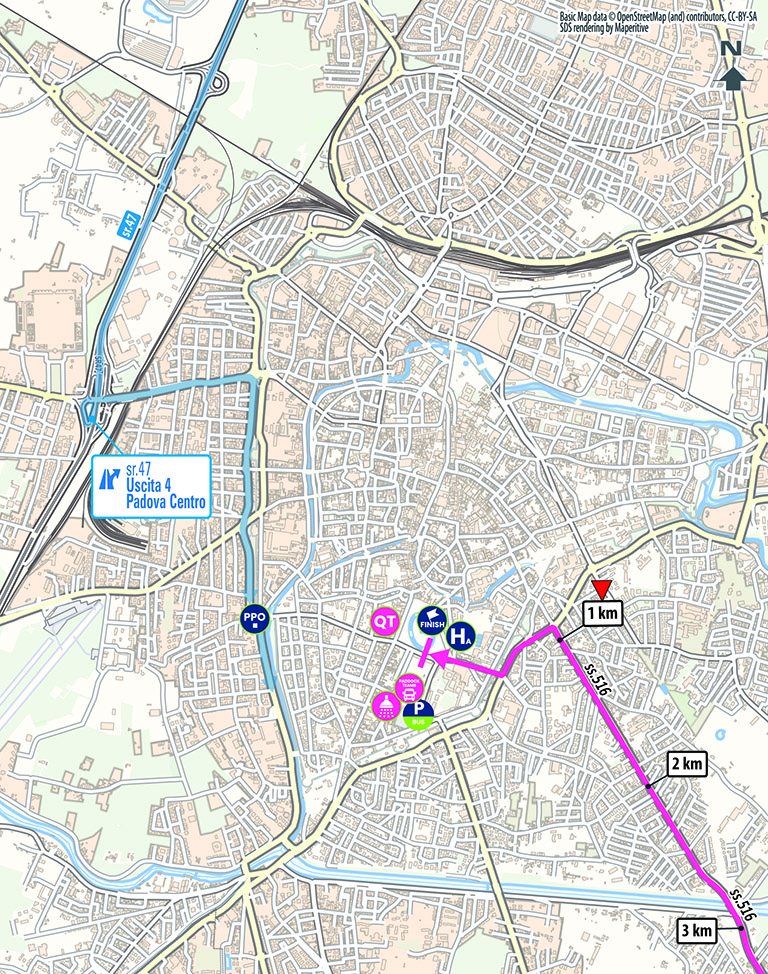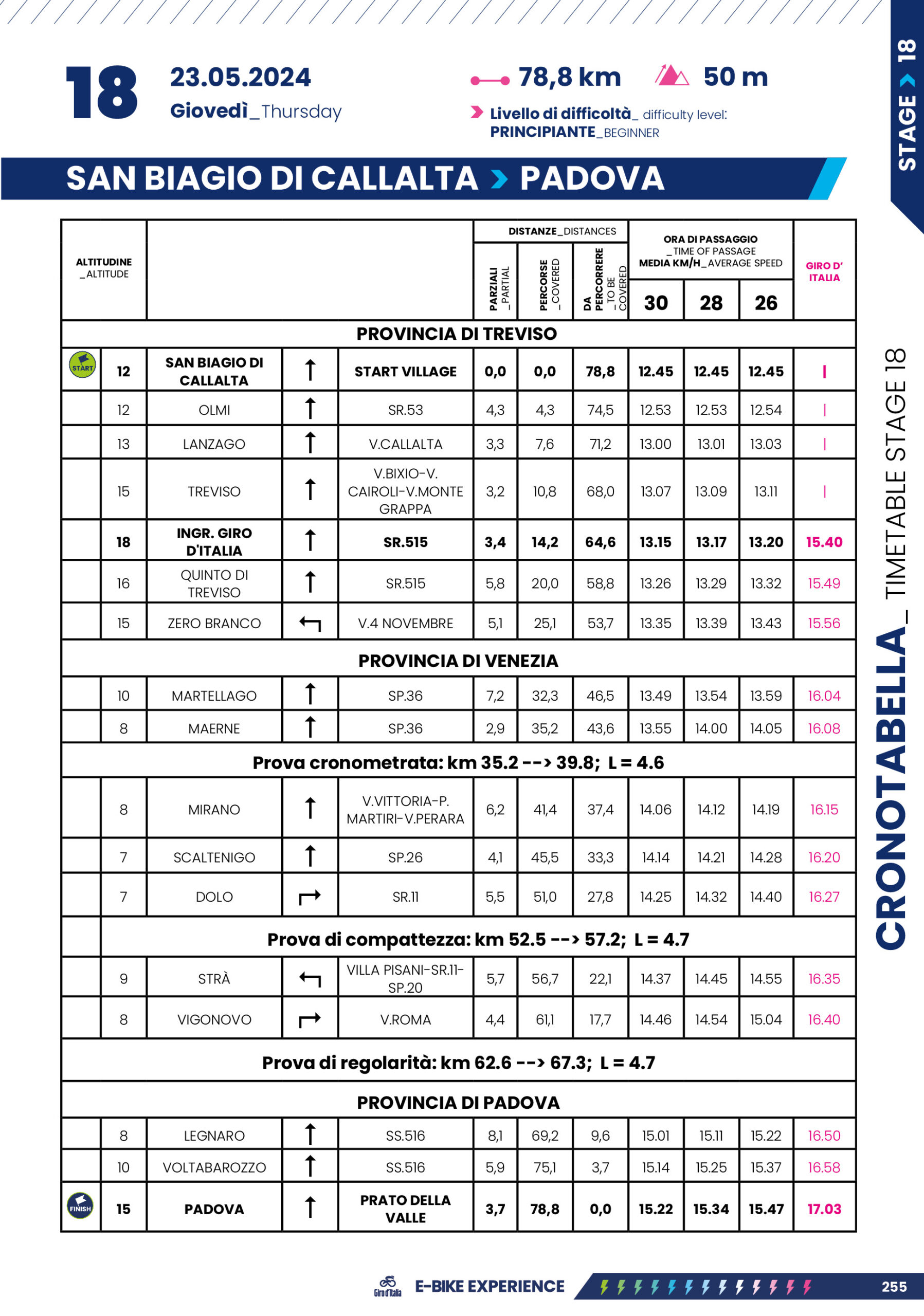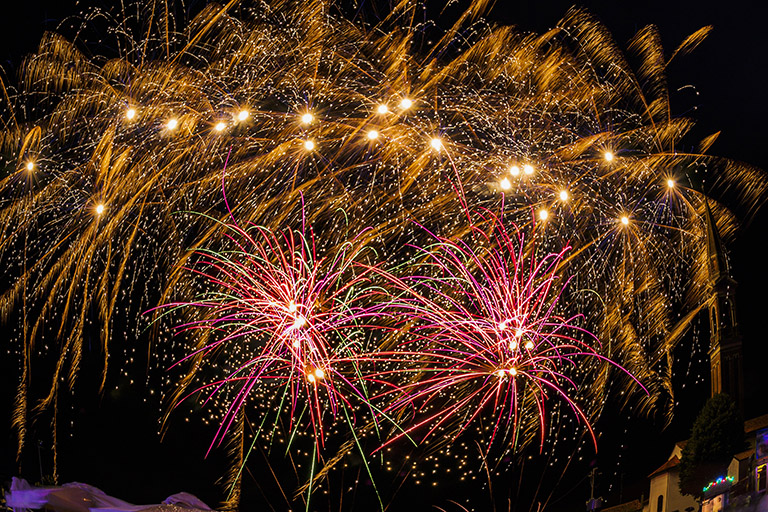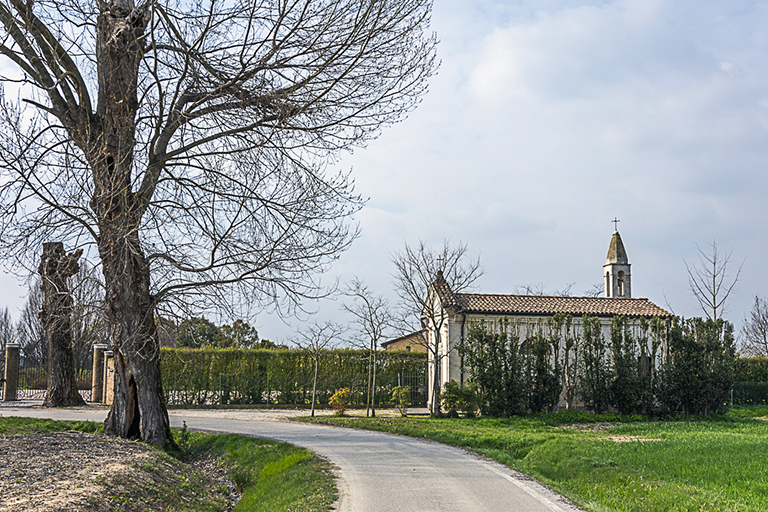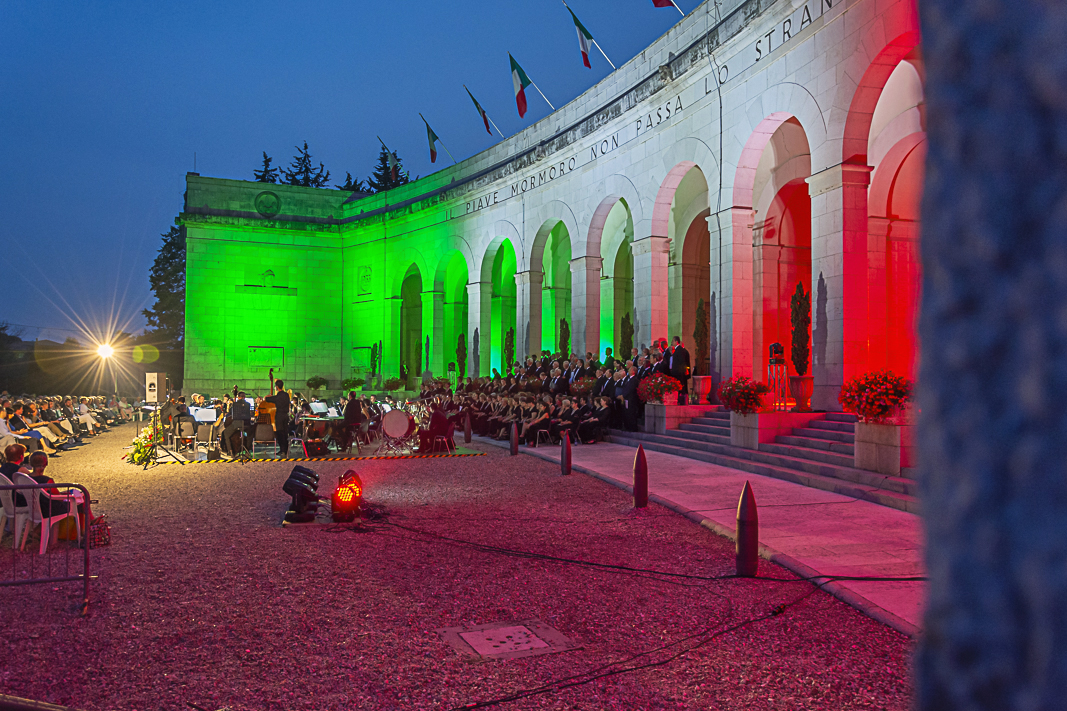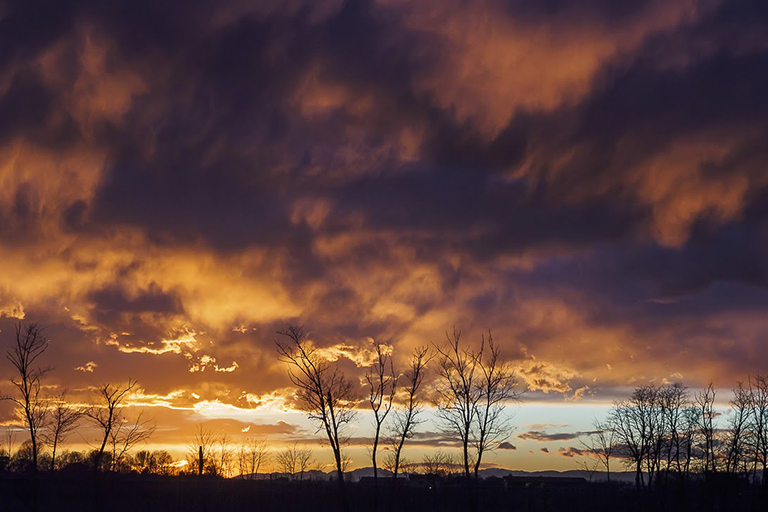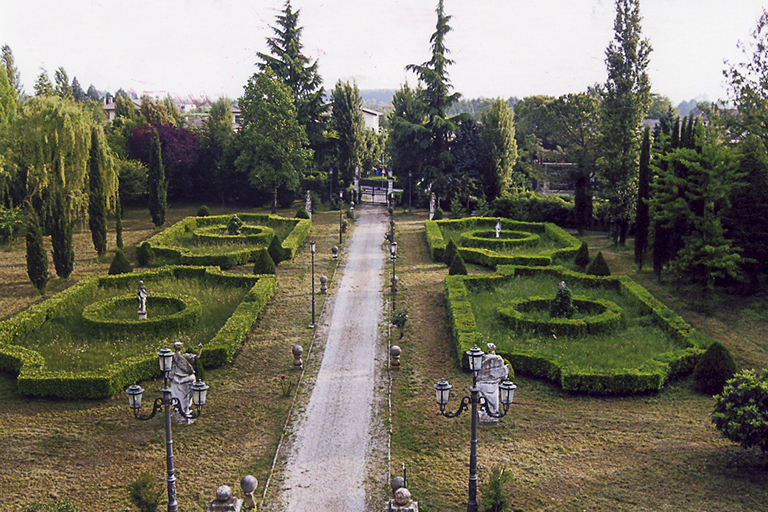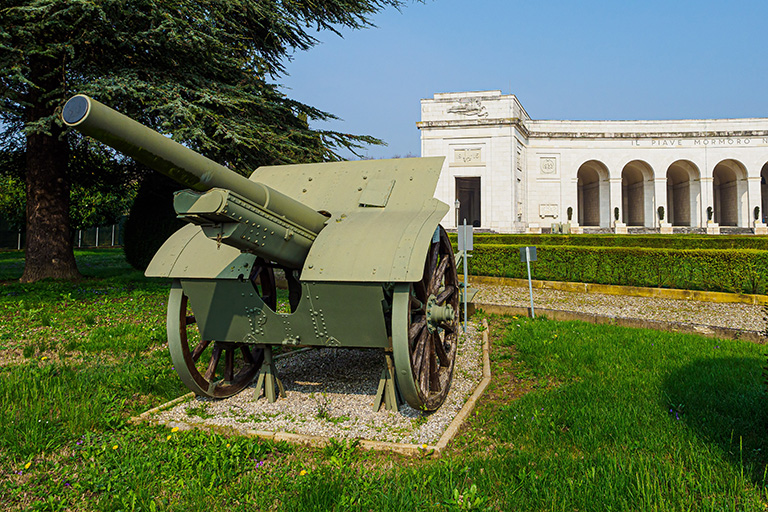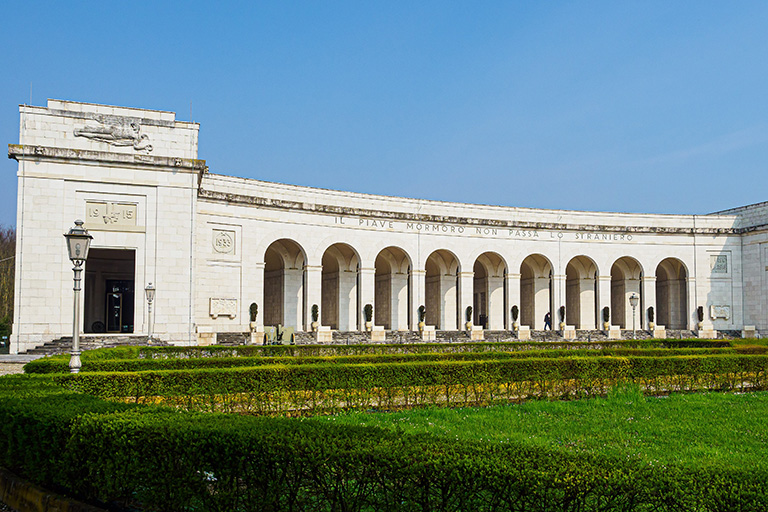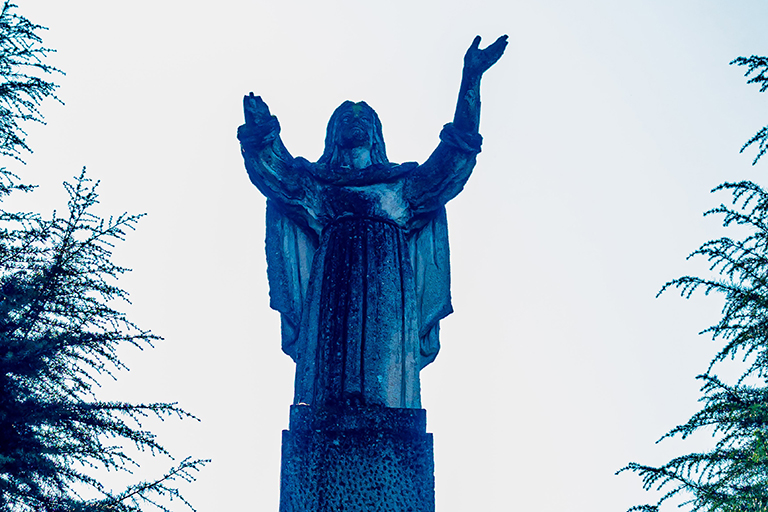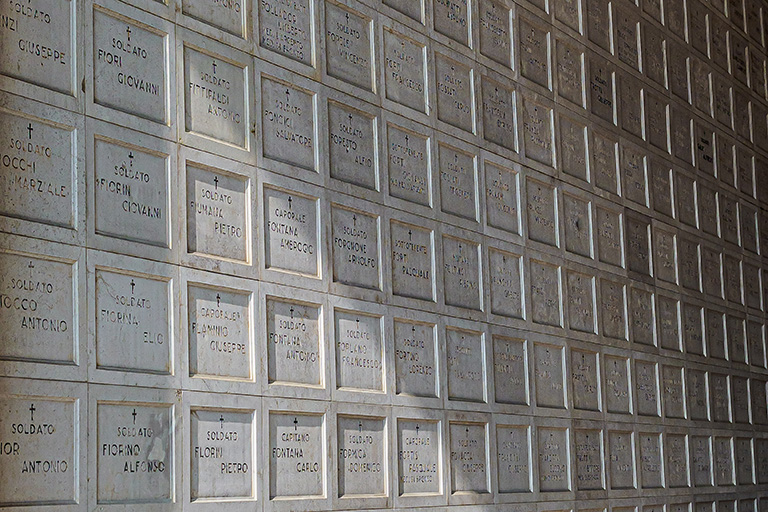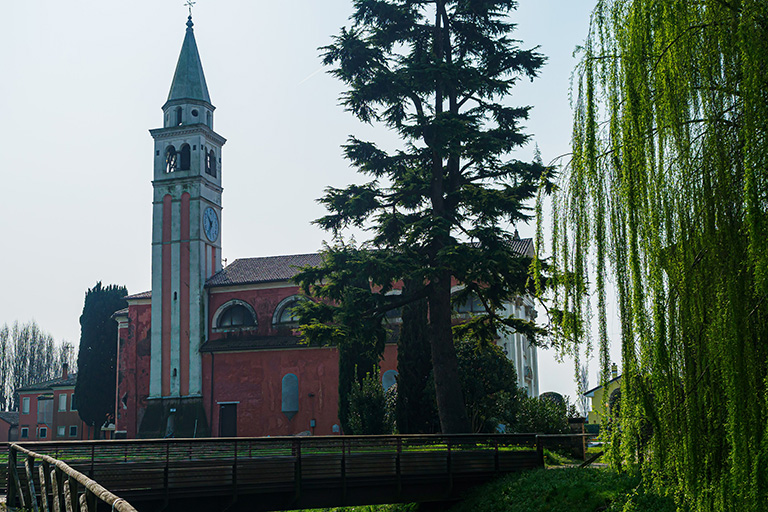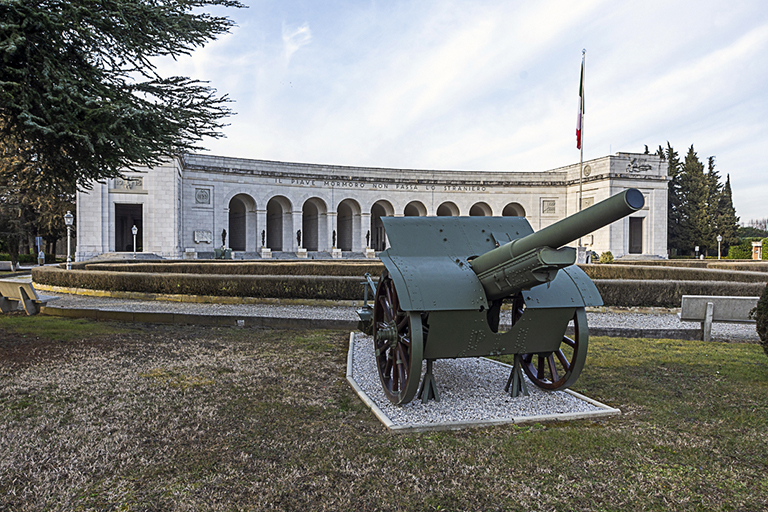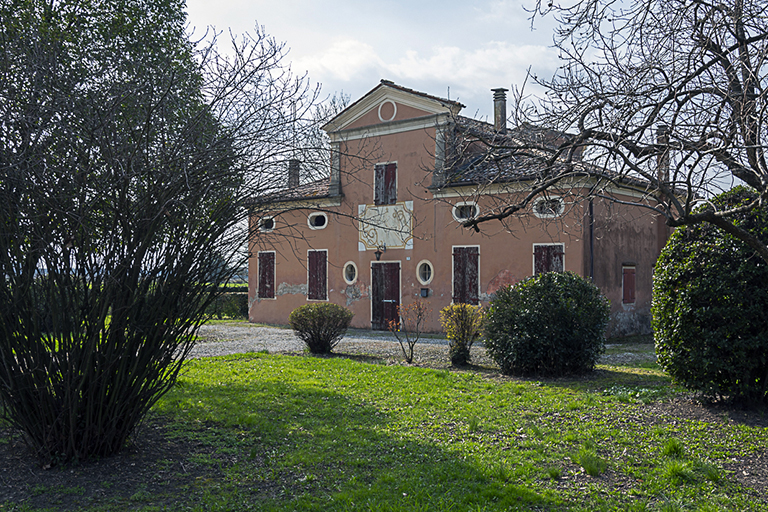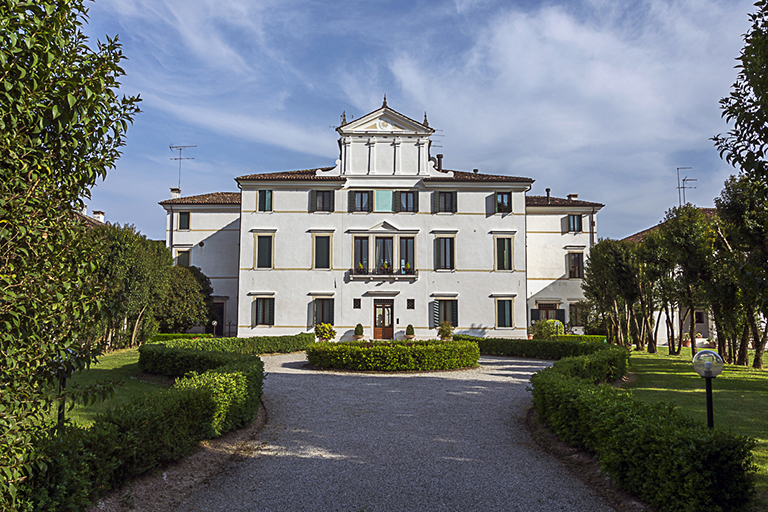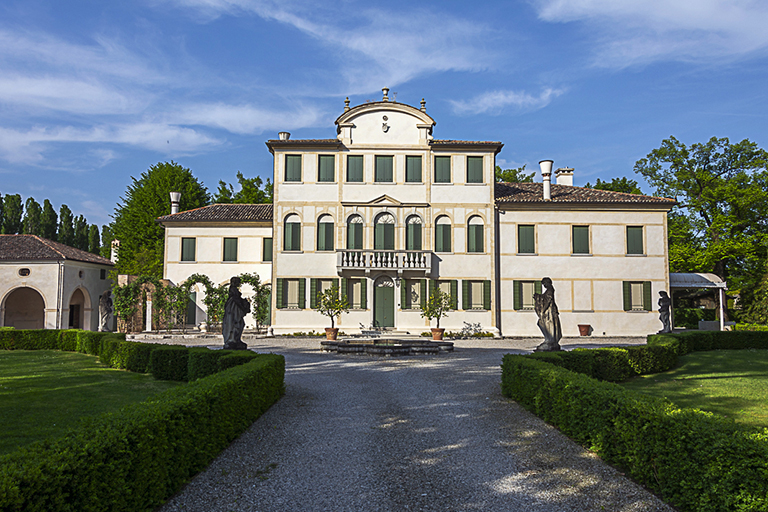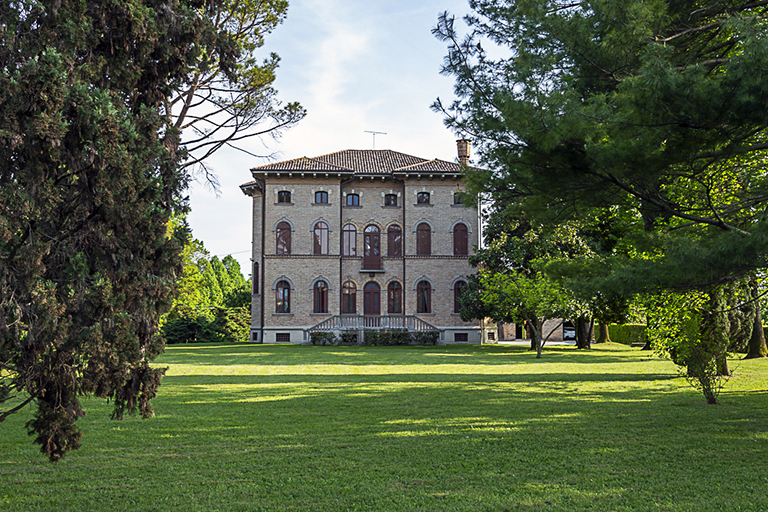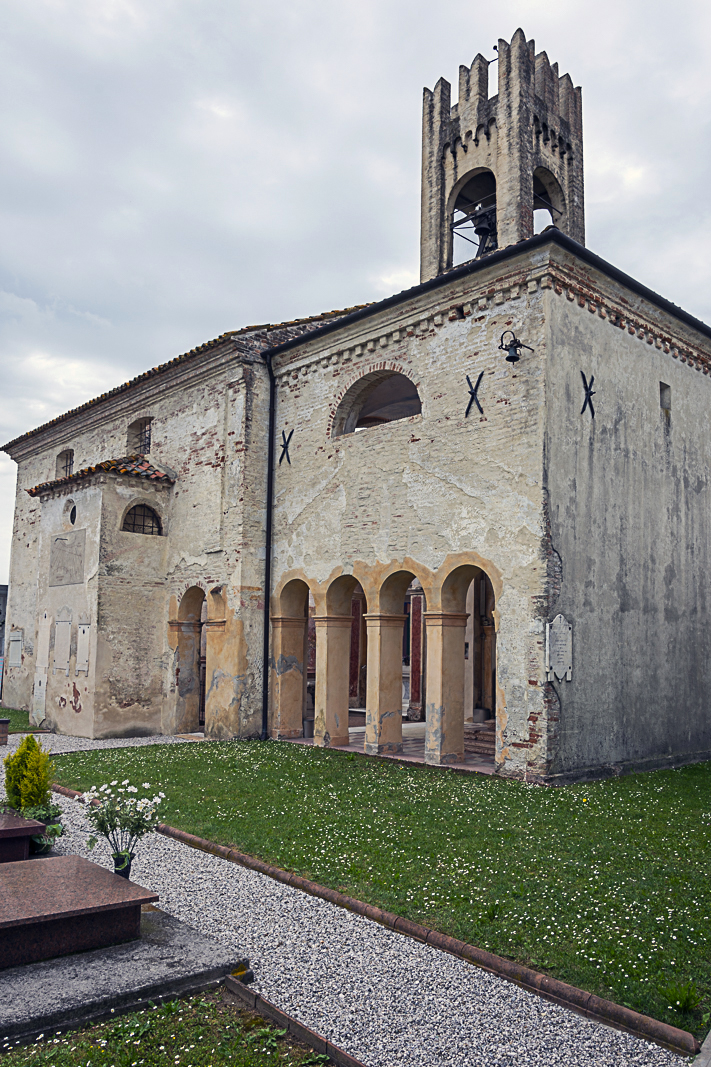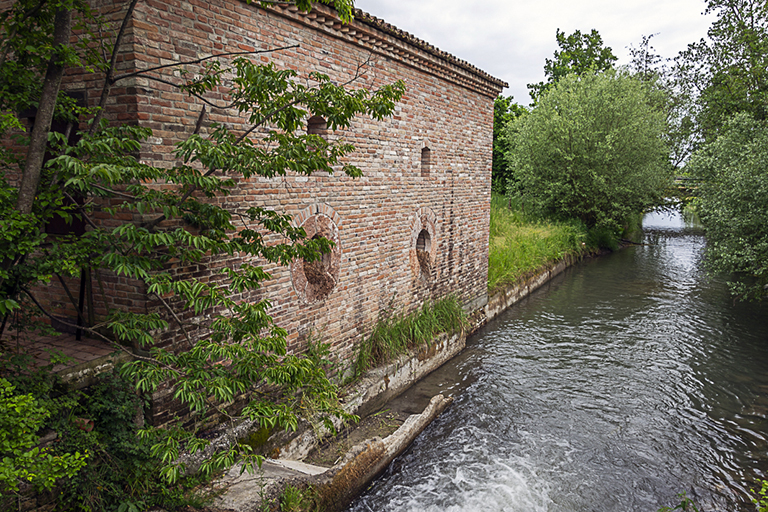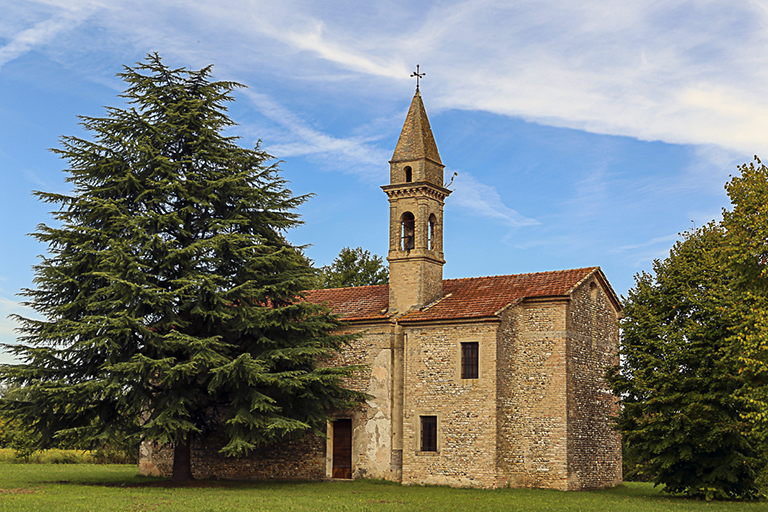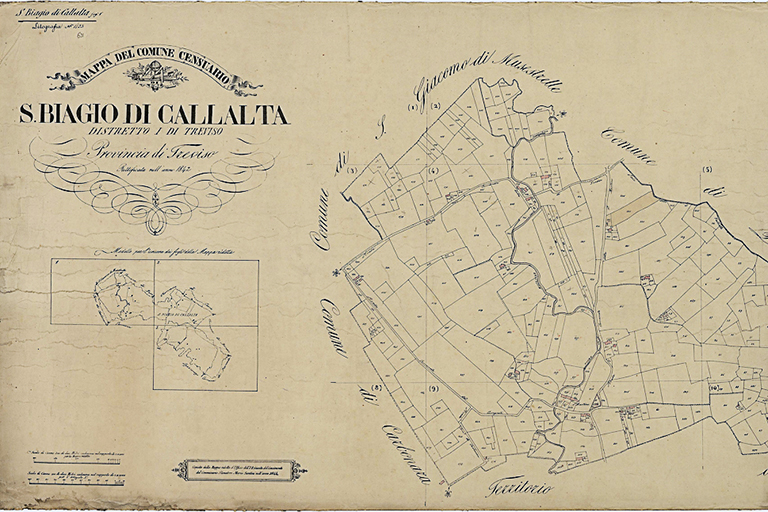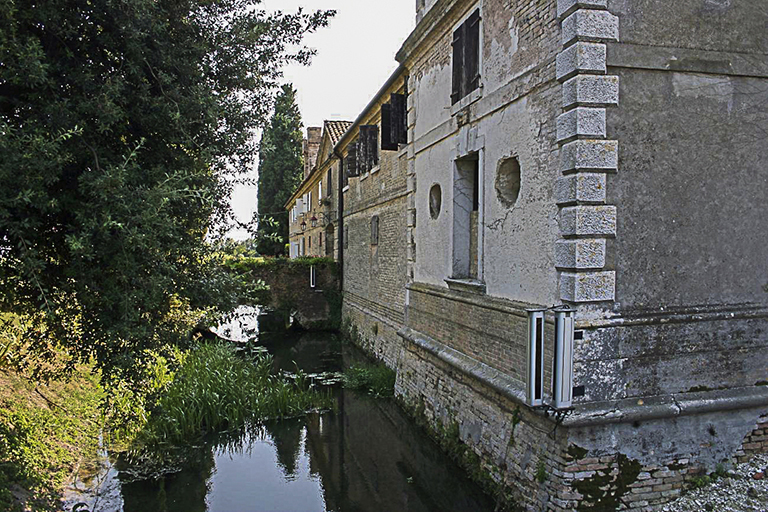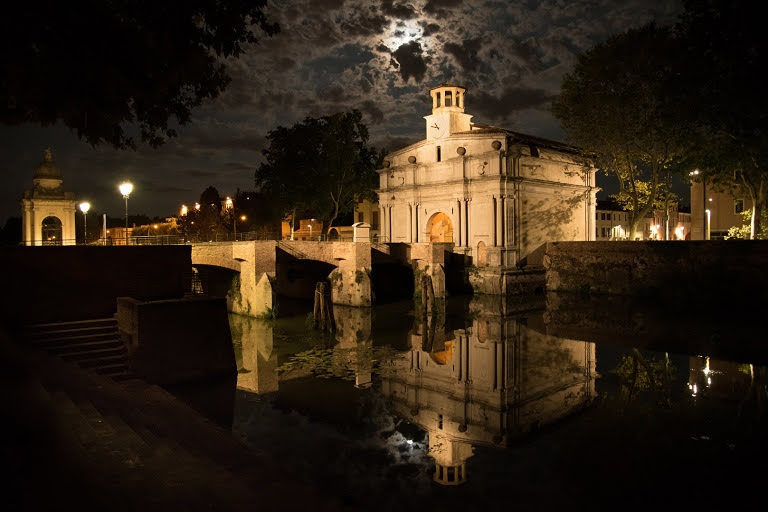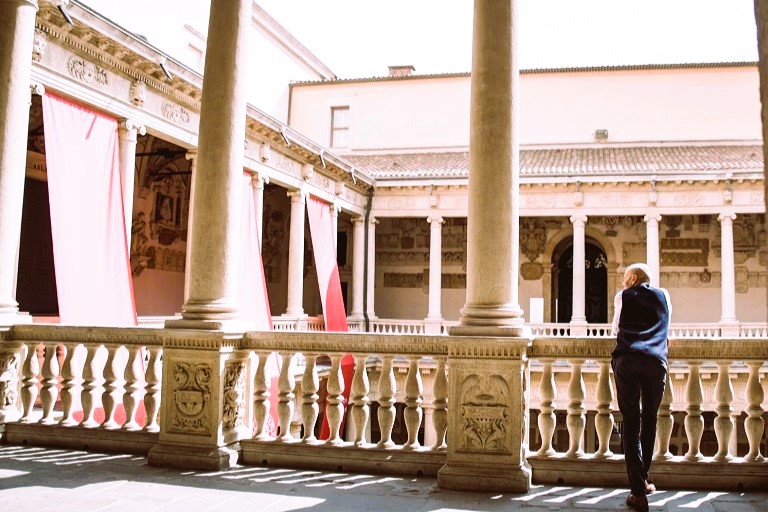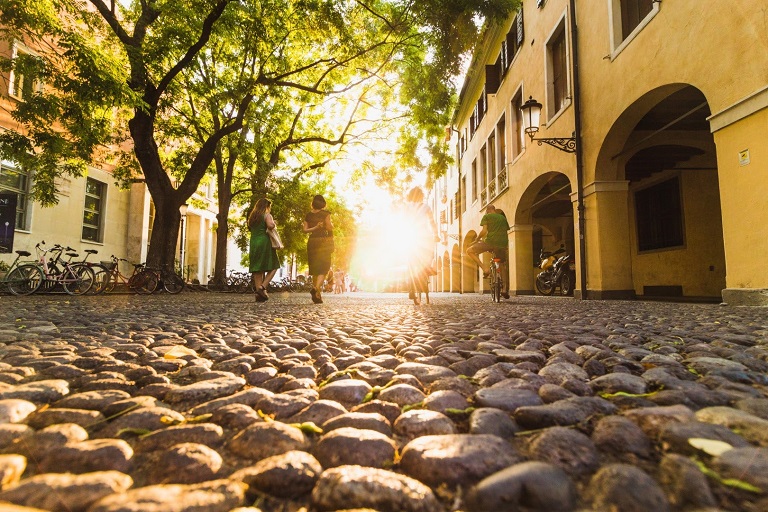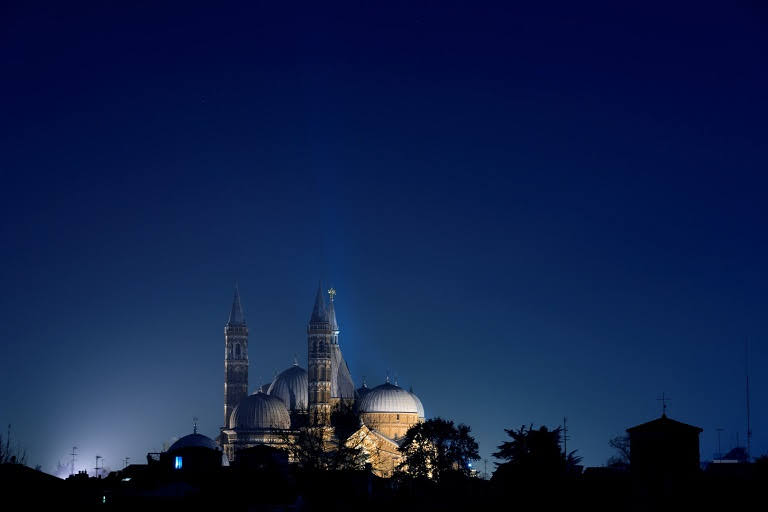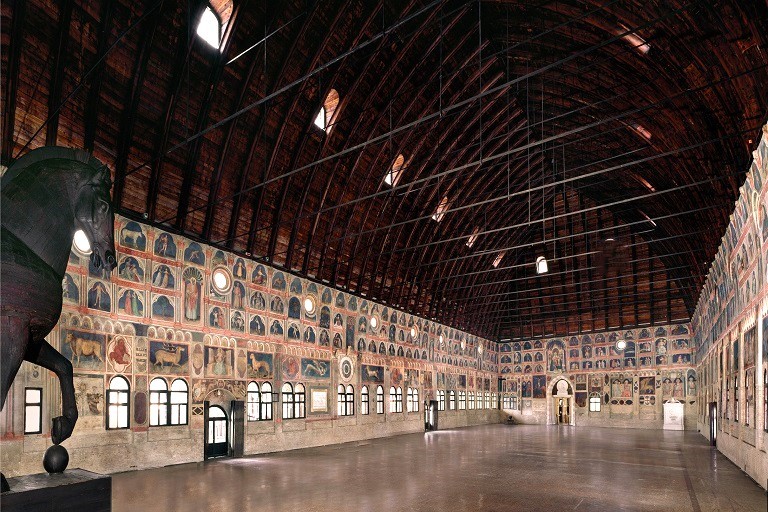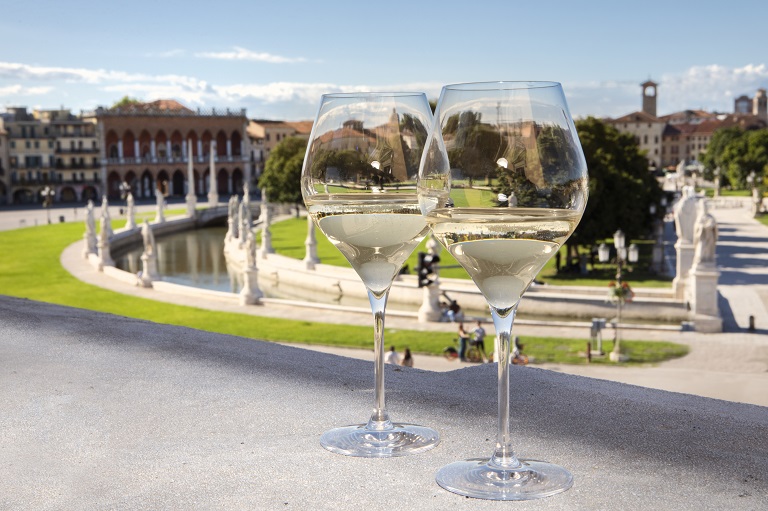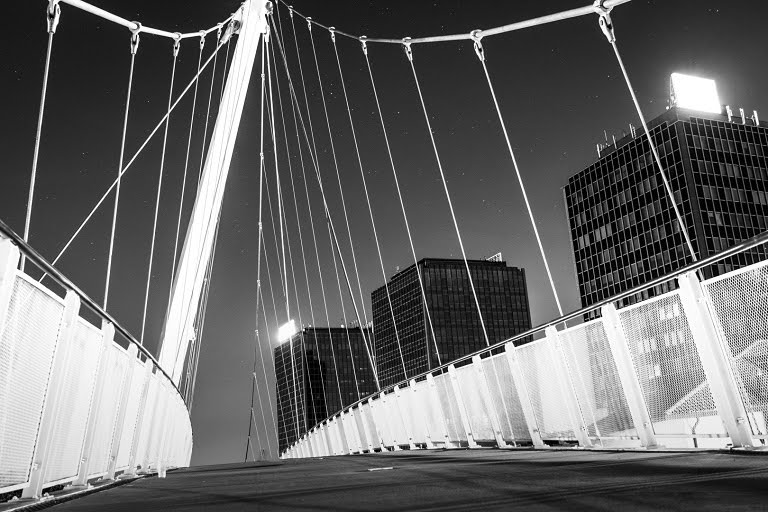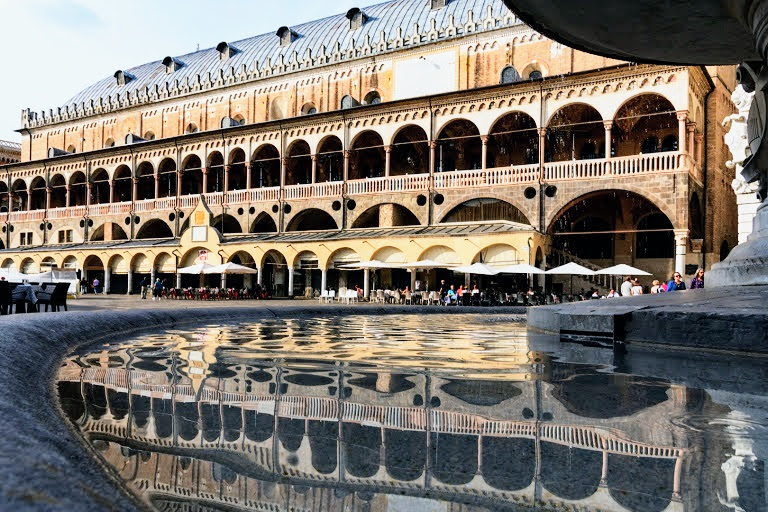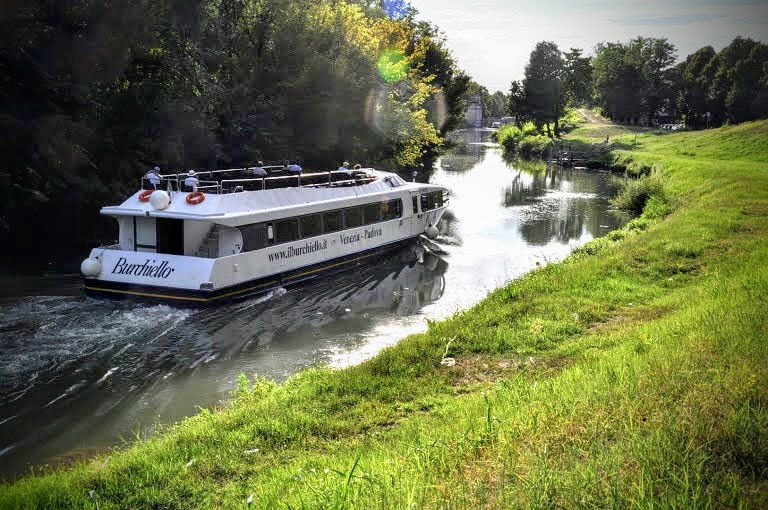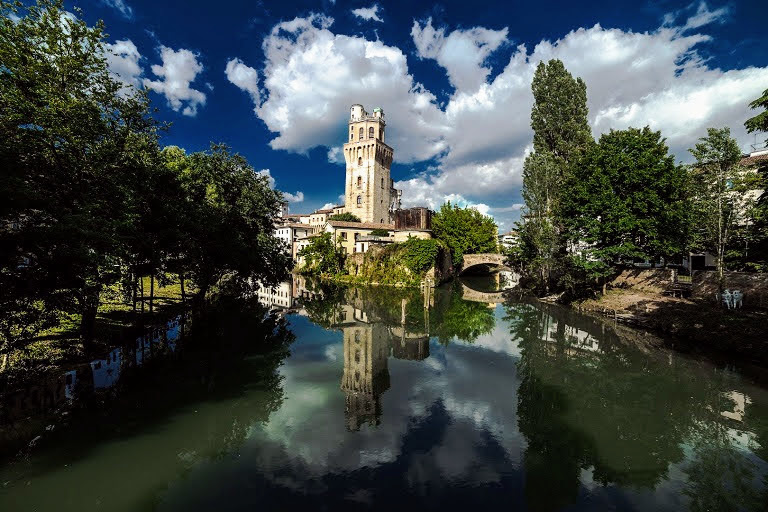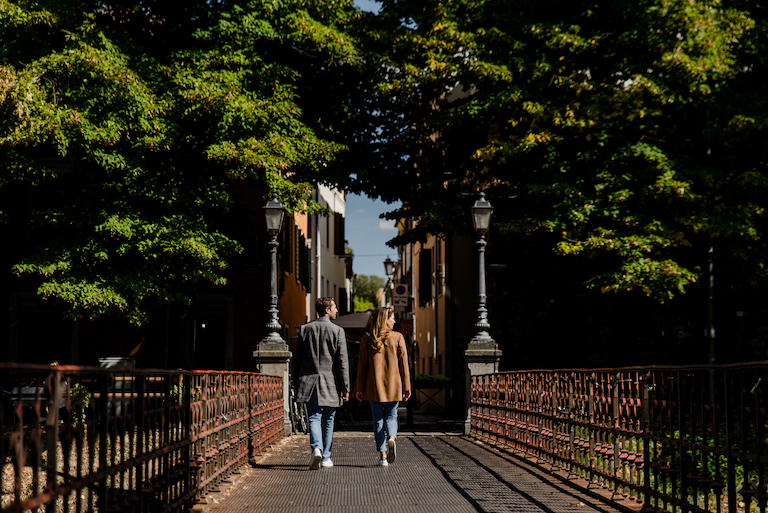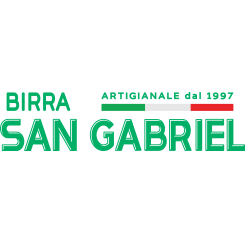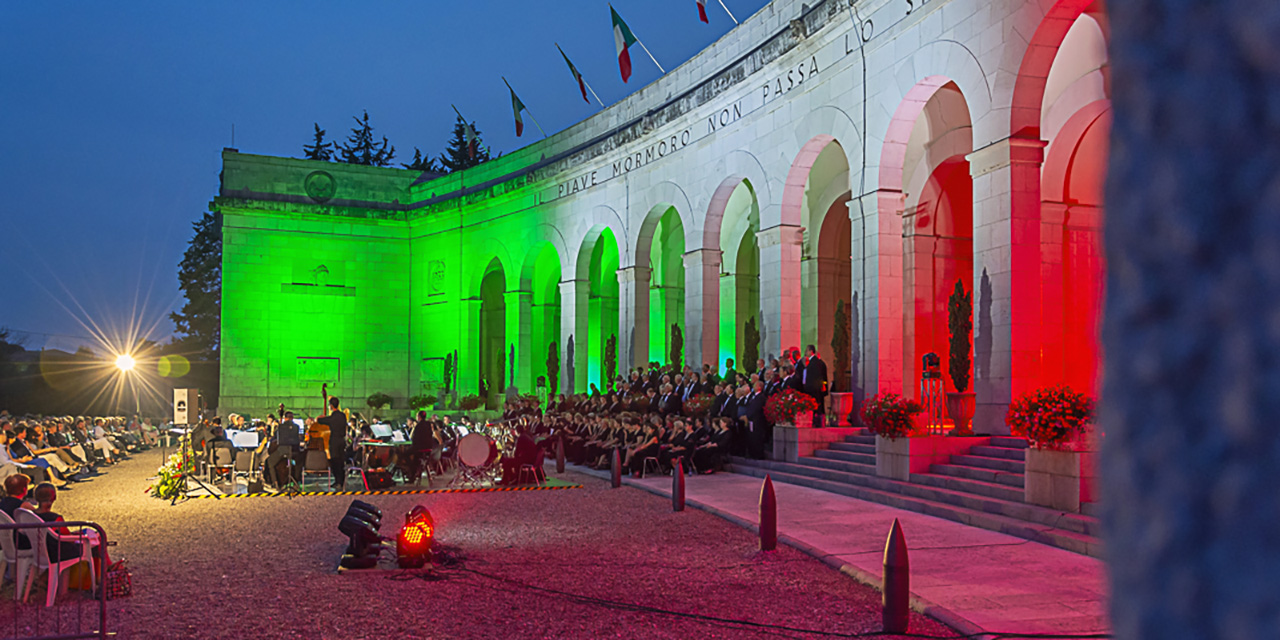
Stage
18
Thursday 23
May 2024
78.8 km
Altitude gain 50 mt
Stage suitable for: Beginners

San Biagio di Callalta -
Padova
San Biagio di Callalta - Padova
tourist info
Host city:
San Biagio di Callalta
Overview
POPULATION
12.681
ANCIENT NAME
San Biazio
FOUNDATION
Late Roman Era – Roads and early settlements. The municipality was established by Napoleonic decree on 22/12/1807.
HISTORY
San Biagio di Callalta, located on a vast, fertile, flat land along the “Piave” River, gets its name from both devotion to the Saint of the same name (a bishop and martyr) and the military road “Callis Alta” (today’s SS.53 Postumia), built in the late Roman era.
In the late 10th century, the future territories of San Biagio were part of the influence zone of the powerful Benedictine Abbey of Santa Maria del Pero di Monastier. During the period of Venetian Republic rule, San Biagio enjoyed relative quietness, and a few magnificent villas were built on its territory by the nobles and patricians of Venice, some of which still stand today.
During World War I, the town was the theatre of the terrible “Piave” Front (here it’s still preserved the wall with the well-known motto “Meglio un giorno da leone, che cento giorni da pecora”/”It is better to live one day as a lion than a hundred years as a sheep”). Nowadays, the town is a prosperous industrial center in the Northeast, with some important industrial and artisanal companies, and a very active commercial area in Olmi di S. Biagio. The area also hosts many agricultural and wine-producing companies. San Biagio is also known for being the birthplace of the renowned fashion designer Pierre Cardin (1922-2020), born in the locality of Sant’Andrea di Barbarana.
Local cuisine
In the small town of San Biagio, you’ll find plenty of countryside restaurants and taverns, including farmhouses and breweries, offering a wide selection of food and wine. Here, you can taste delicious dishes from both land and sea, as the Venetian coast is not far away. You’ll encounter traditional offerings in ancient inns still popular today, as well as contemporary venues that highlight local specialties like Treviso red “radicchio”, white and green asparagus, Venetian “sopressa” (a type of salami), and “Casatella” Treviso DOP cheese, just to name a few. They craft innovative and delicious dishes, which are perfect even for the most discerning palates.
And it cannot be forgot the typical hospitality of Treviso’s taverns (“trattoria”), where they serve tasty snacks called “cicchetti” alongside a good glass of red or white wine, affectionately referred to by Venetians as “ombra” (shadow).
Local wines
The productive flatlands of San Biagio di Callalta, bordered to the Northeast side by the “Piave” River, have encouraged the development of flourishing agricultural activities, especially the viticulture. Today, San Biagio offers many wine cellars offering the opportunity to taste local wines; as well as many agritourism farms and agricultural companies producing fruits and vegetables. This is an area in the Treviso region known for its excellent Prosecco DOC, worldwide appreciated. It is also renowned for the production of “Piave” red wines: Merlot, Cabernet, Raboso, Pinot Nero, and white wines such as Pinot Grigio, Verduzzo, Chardonnay.
Points of interest
The wide area of San Biagio di Callalta (48 sq km, divided into seven hamlets: Spercenigo, Olmi, San Martino, Cavrie, Rovarè, Fagarè della Battaglia, and Sant’Andrea di Barbarana) is dotted with some valuable Venetian villas. Among them, we recall Villa Navagero-Erizzo in Rovarè built at the end of the 17th century, Villa Mariani and Villa Marzotto-Caotorta in Spercenigo, Villa De Rossi in Cavriè.
The municipal territory also hosts many small churches and religious chapels, which reflect the devoutness of these communities to the Catholic faith. Notable among them are: the Redentore Church in Nerbon (at the beginning it was devoted to San Sisto Pope patron saint, and was erected in around 1200 from the Venetians, while they were running away from the lagoon city infested with the plague), the Church of San Floriano in Olmi (13th century), the oratory of San Martino, and the oratory of Spercenigo, the country Church of San Menna in Cavriè (earliest evidences date back to 1330), the ancient Church of Pieve di San Biagio (built at the end of 1300 but today is unfortunately inaccessible).
The Memorial and Military Shrine “Eroi del Piave” stands in the area of Fagarè della Battaglia, along the Postumia state road. It was built in 1919, the year following the end of World War I, and it’s the first monument dedicated to the victory of the “Piave”. The original work initially included four marble bas-reliefs by the Triestine sculptor M. Mascherini, and which were inspired by some episodes of the war: May 24, 1915 – Italy’s entry into the war; October 24, 1917 – Enemy barbarism on the ground of the Homeland; June 15, 1918 – “Di qui non si passa”/They shall not pass; November 3, 1918 – Triumph of the Italian arms.
In 1935, the original monument was enclosed in the center of a large exedra or curved portico with nine arches and with as many radial naves. These are hosting on the walls the marble loculi, where are collected the remains of 5191 identified soldiers and 5350 unknown soldiers who fell in the First World War. There are also two gold medals for Colonel E. Paselli and Major F. Mignone. Five other gold medals, whose bodies have not been identified, are named in an inscription. Lieutenant Edward McKey, an officer of the American Red Cross and a personal friend of the well-known writer Ernest Hemingway, is buried in the shrine. In his memory, Hemingway wrote a poem, the which text is visible in the central chapel of the monument, sculpted in iron by the sculptor Simon Benetton. A large plaque in the central chapel lists the 27 soldiers honored with the gold medal for military valor, who fell on the “Piave” River in the sector of the Third Army.
In the Memorial’s Garden, are preserved some fragments of a wall on which some unknown individuals wrote the two famous phrases during the Battle of the Solstice (June 15-24, 1918): “It is better to live one day as a lion than a hundred years as a sheep” and “All heroes. Either the Piave or all slaughtered”.
The marble stele of the standard-bearer, in the center of the Garden, commemorates the fallen of World War II. Inside the monument, you can visit a small museum, also created with numerous donations from veterans, containing uniforms, weapons, ammunition, and documents.
The “Piave” River, a precious place from a natural and environmental point of view, is remembered by Italians as the sacred river of the homeland, to which the famous song “La leggenda del Piave” is dedicated. A torrential river that, during World War I, was the scene of fierce battles; one of its floods, in the autumn of 1918, sealed the definitive victory of the Italian front. In the locality of Sant’Andrea di Barbarana, are still visible some military trenches dating back to the Great War.
World Police Museum: In the former railway station of San Biagio di Callalta, you can visit this original police museum which includes a wide collection of uniforms, hats, emblems, commemorative coins, model cars, and other items belonging to police forces from around the world.
Padua
Overview
Padua is located east in the Po Valley, about 10 km north of the Euganean Hills and about 20 km west of the Venice Lagoon and is crossed by the Brenta and Bacchiglione rivers. It is known as the city of Saint Anthony. Whether you visit it from the water, stroll through the historic centre or take the time to discover its green surroundings by bicycle, Padua will definitely never let you down.
Vino e bevande
Sebbene la birra non sia un prodotto tipico del Trentino, ad inizio Novecento la Premiata Birreria Valserena di Siror ne produceva 5.000 ettolitri l’anno. L’esperienza è ripresa oggi dal birrificio artigianale BioNoc’ (pluripremiato a livello europeo) che produce birre artigianali non pastorizzate per non perdere aromaticità, non filtrate per non sottrarne il corpo e rifermentate in bottiglia per garantirne una perfetta conservazione nel tempo.
Points of interest
Waterways: to fully appreciate Padua, a view of the city from the water, a source of richness and variety of landscape since ancient times, is a must. A classic excursion is by burchiello (a typical boat whose use dates back to the 18th century) on the Riviera del Brenta, starting with an exploration of the city’s waterways and ending with a visit to some of the Venetian villas, famous summer residences of 18th-century Venetian nobles, rich in frescoes.
University City: the University of Padua, with its more than 800 years of history, is a hub of excellent academic activities. With its 70,000 enrolled students, 2,200 lecturers and more than 13,000 graduates each year, it has long been at the top of the main national and international rankings for the quality of its teaching, research and services. The important cultural offer and the liveliness of the University’s entertainment proposals reflect positively on the energy of the entire city.
Historical centre: the completely pedestrian historic centre of Padua is a true jewel and a symbol of the city, featuring art galleries, museums, the Botanical Garden, the Scrovegni Chapel and the frescoes of the 14th century UNESCO World Heritage Site, but also historic shops and monumental palaces, churches and its gardens: getting lost in beauty is really easy in this city and, perhaps, it is the best way of visiting it.
The Botanical Garden of the University of Padua: created in 1545, it has been a World Heritage site since 1997 not only because it is the oldest in the western world but also because it is the only one that still retains its original form and location.
The 14th-century Fresco Cycles of Padua: inscribed on the Unesco World Heritage List in 2021, it consists of 8 locations that, starting from the Scrovegni Chapel, Giotto’s masterpiece, narrate a century of fresco art that led European art towards modernity.
The Basilica of Saint Anthony: it is one of the most famous and visited sanctuaries in the world, with an average of 6.5 million visitors per year. In addition to housing the precious relics of one of the most beloved figures of Christianity, it is also a place that preserves art treasures from every era, beginning with its construction in the first half of the 13th Century.


